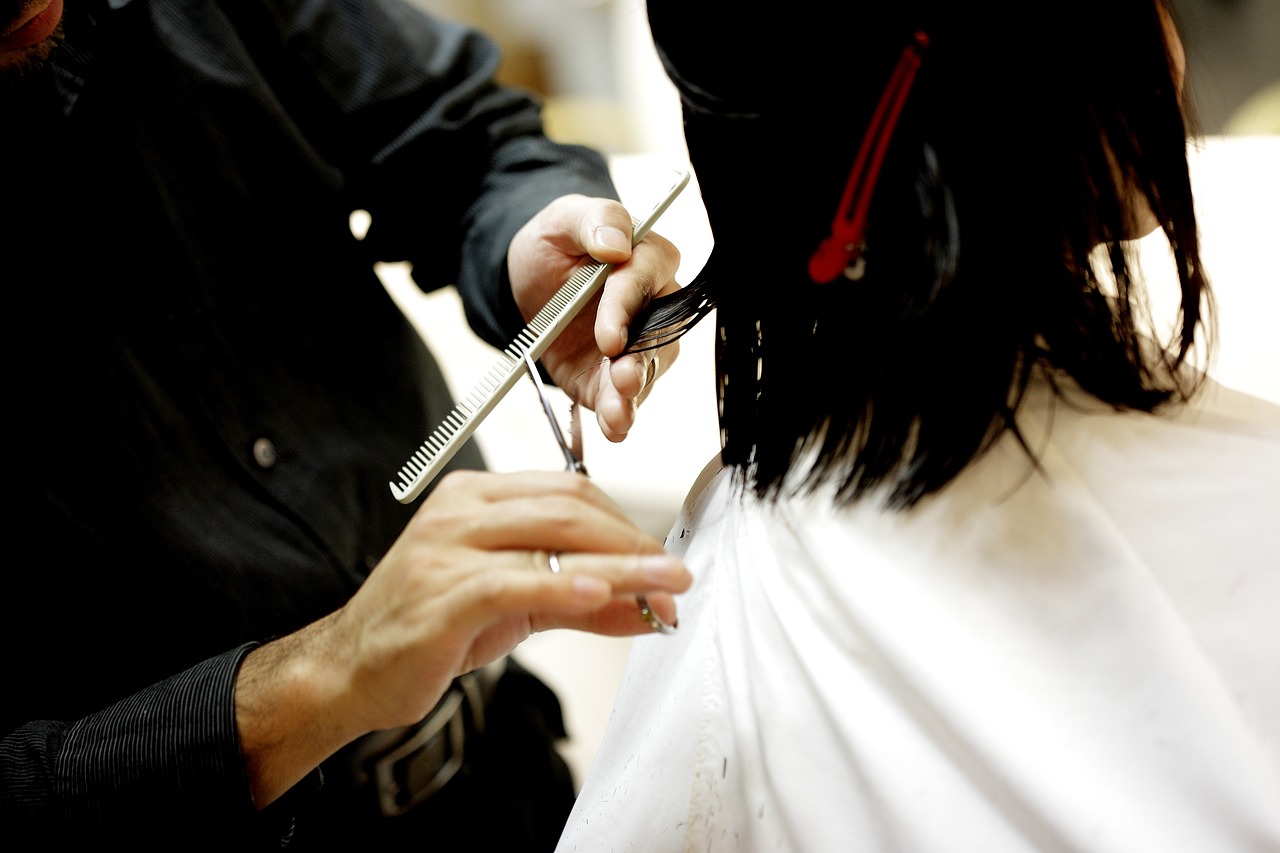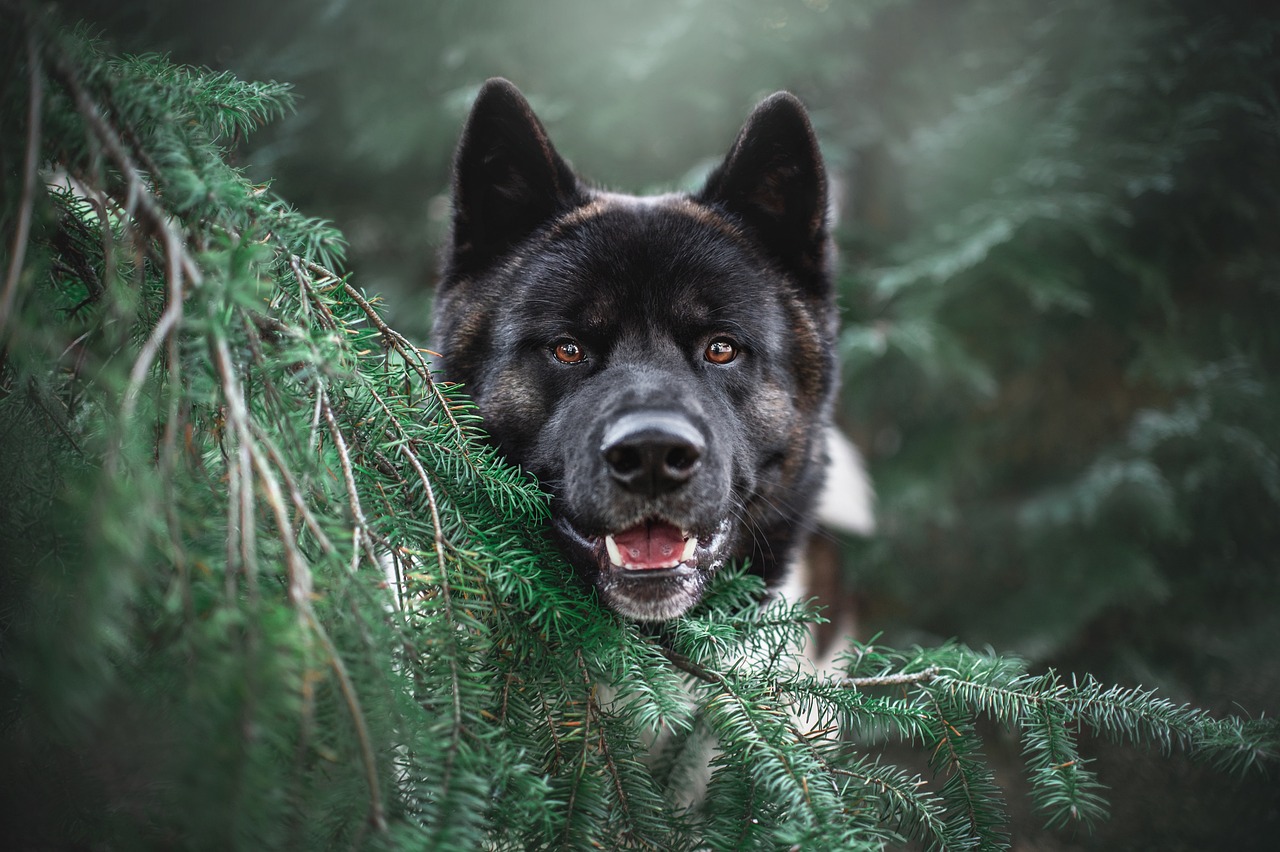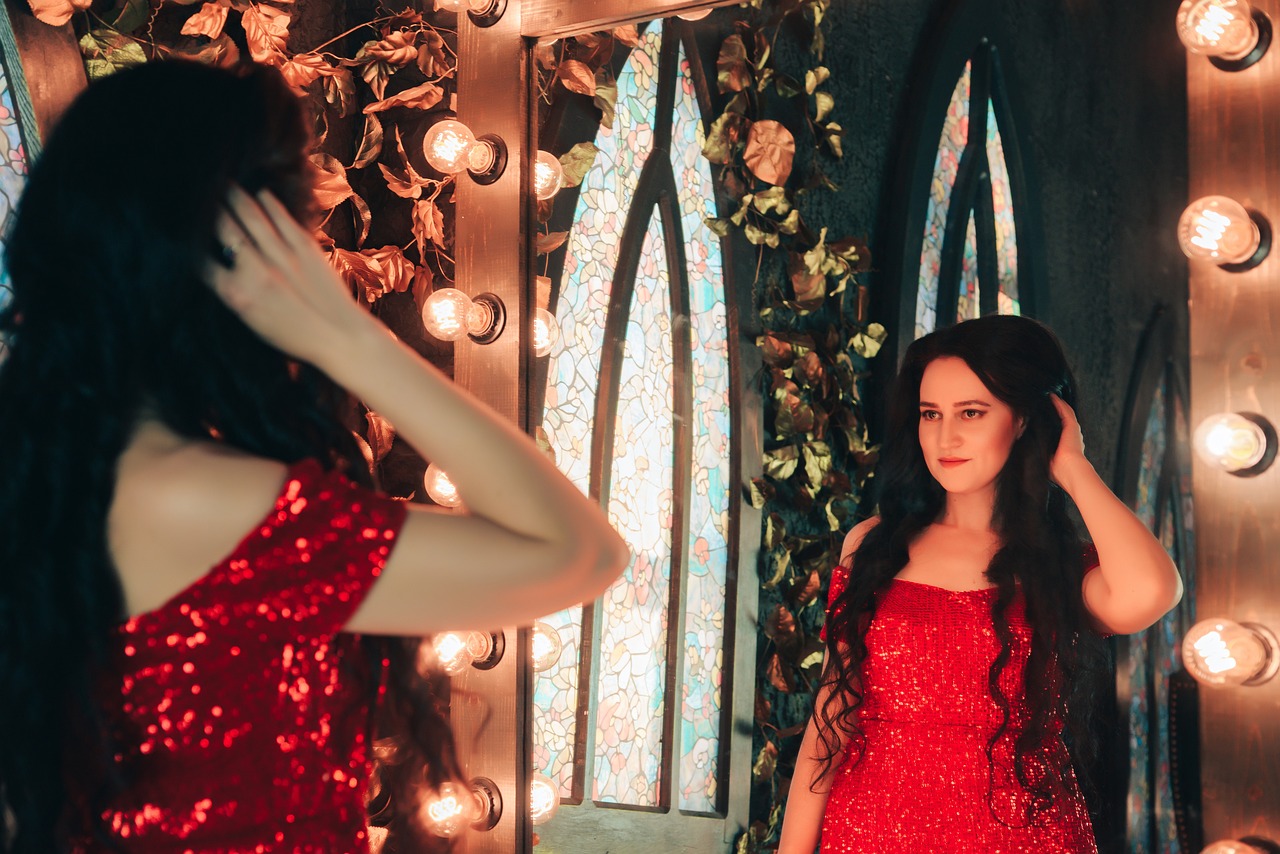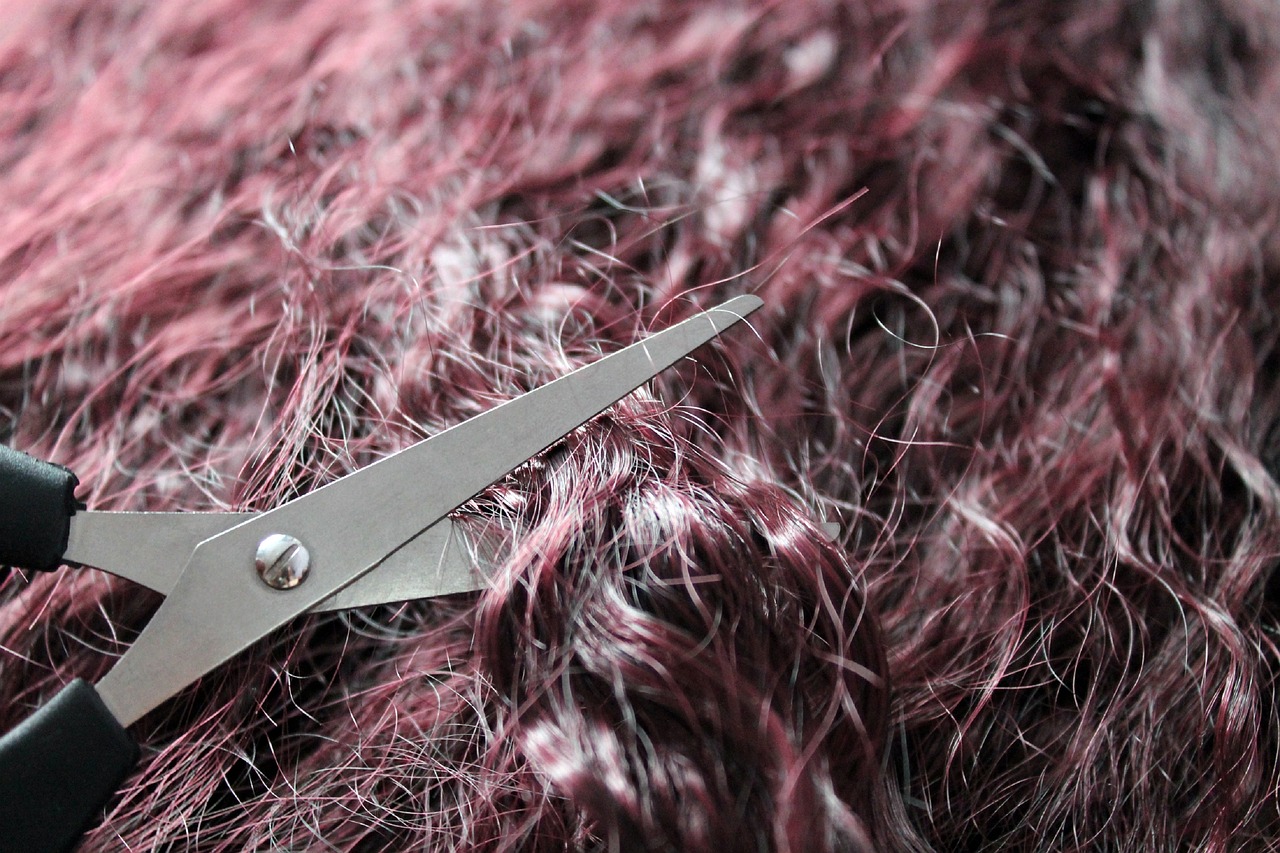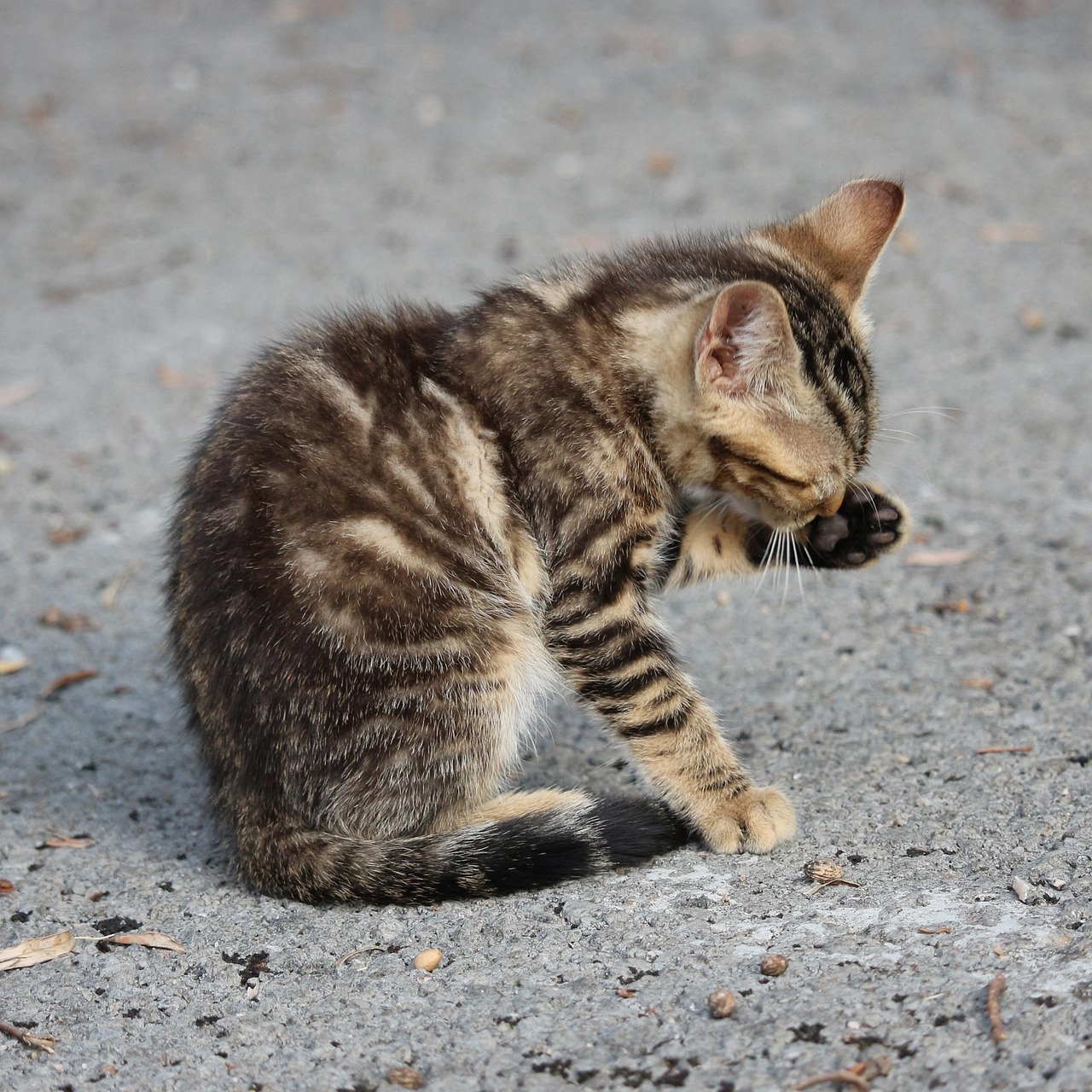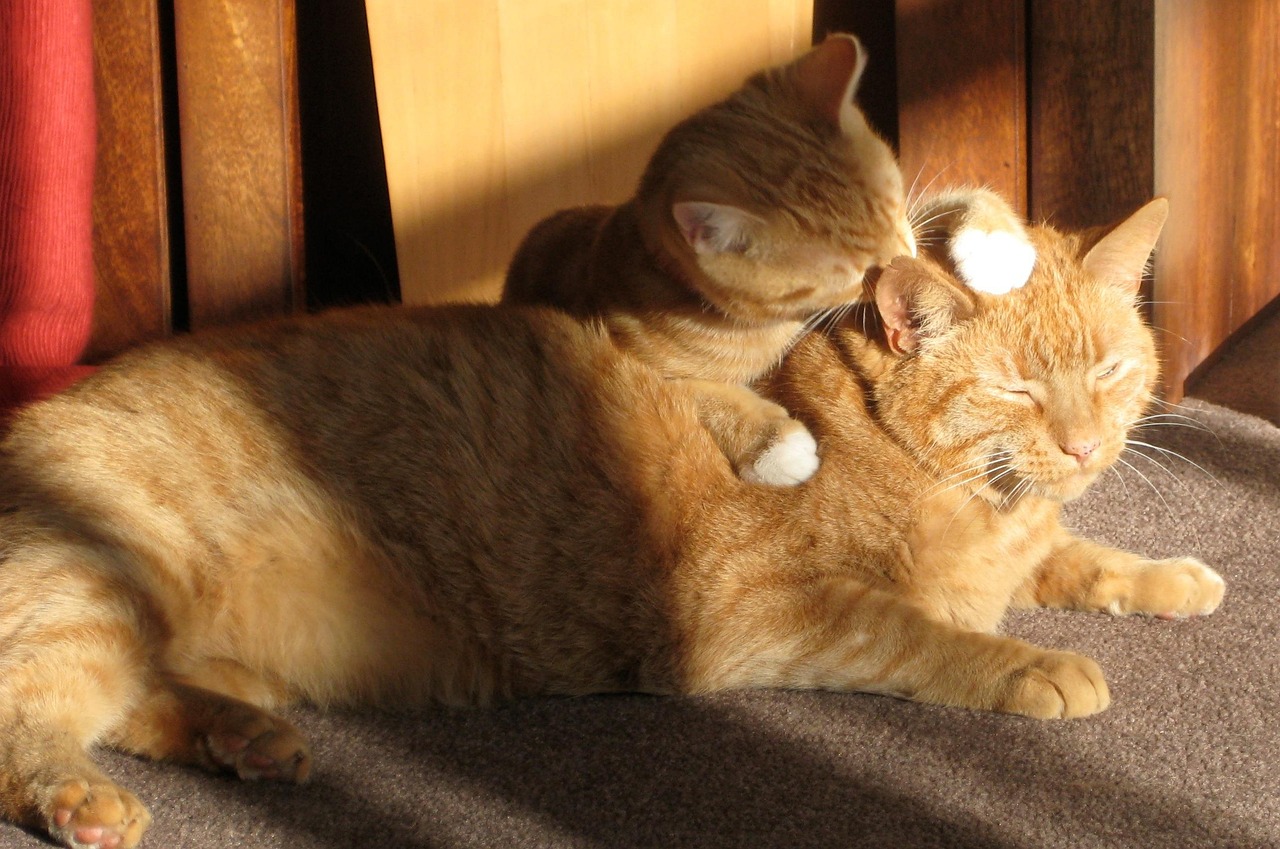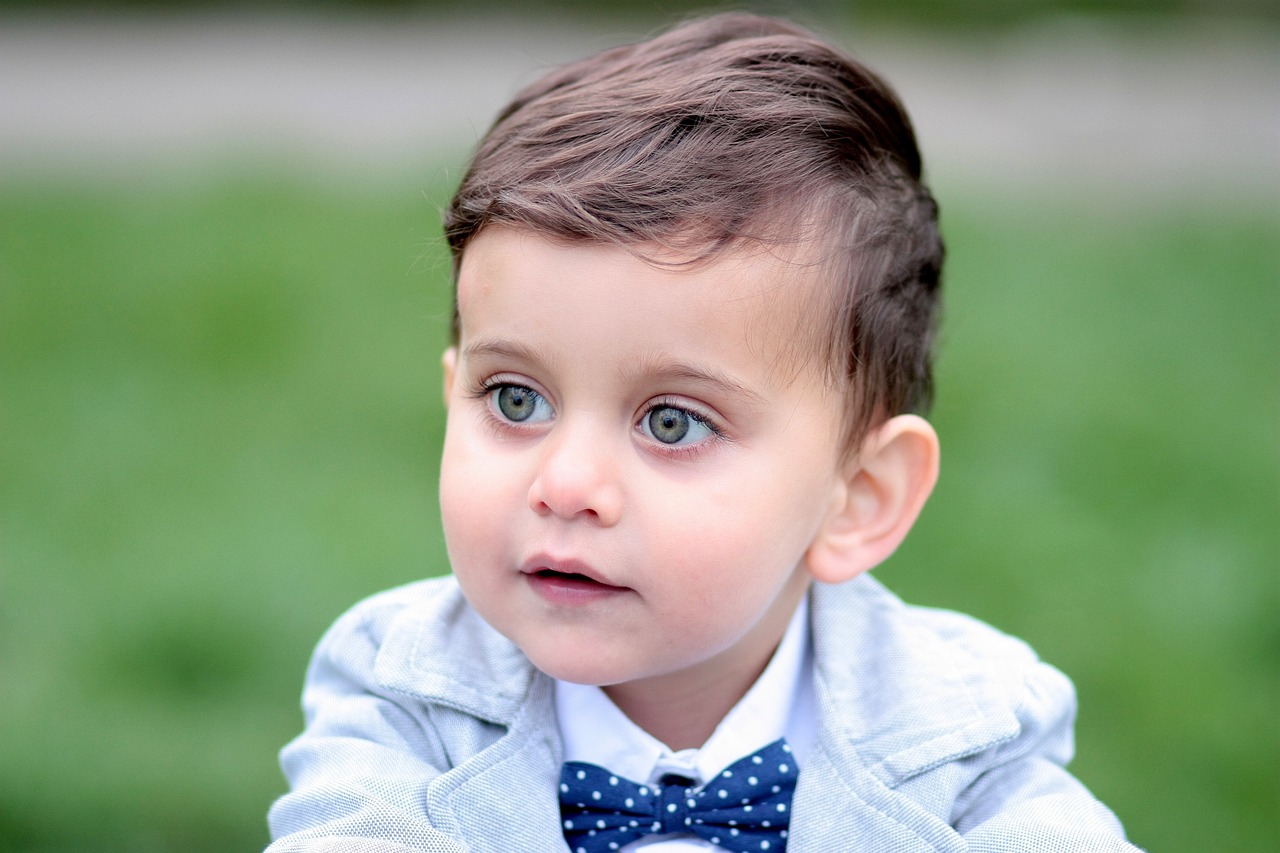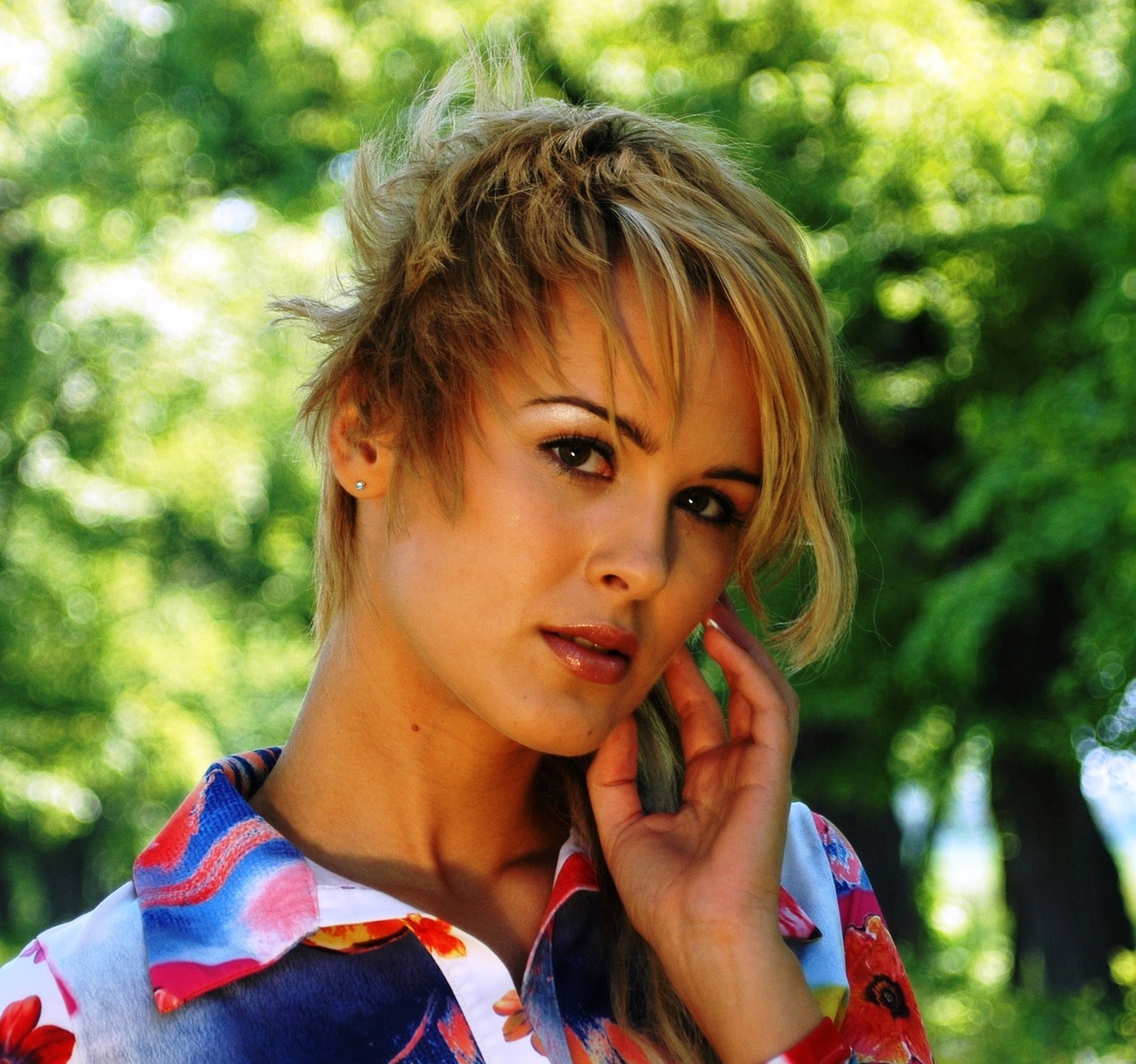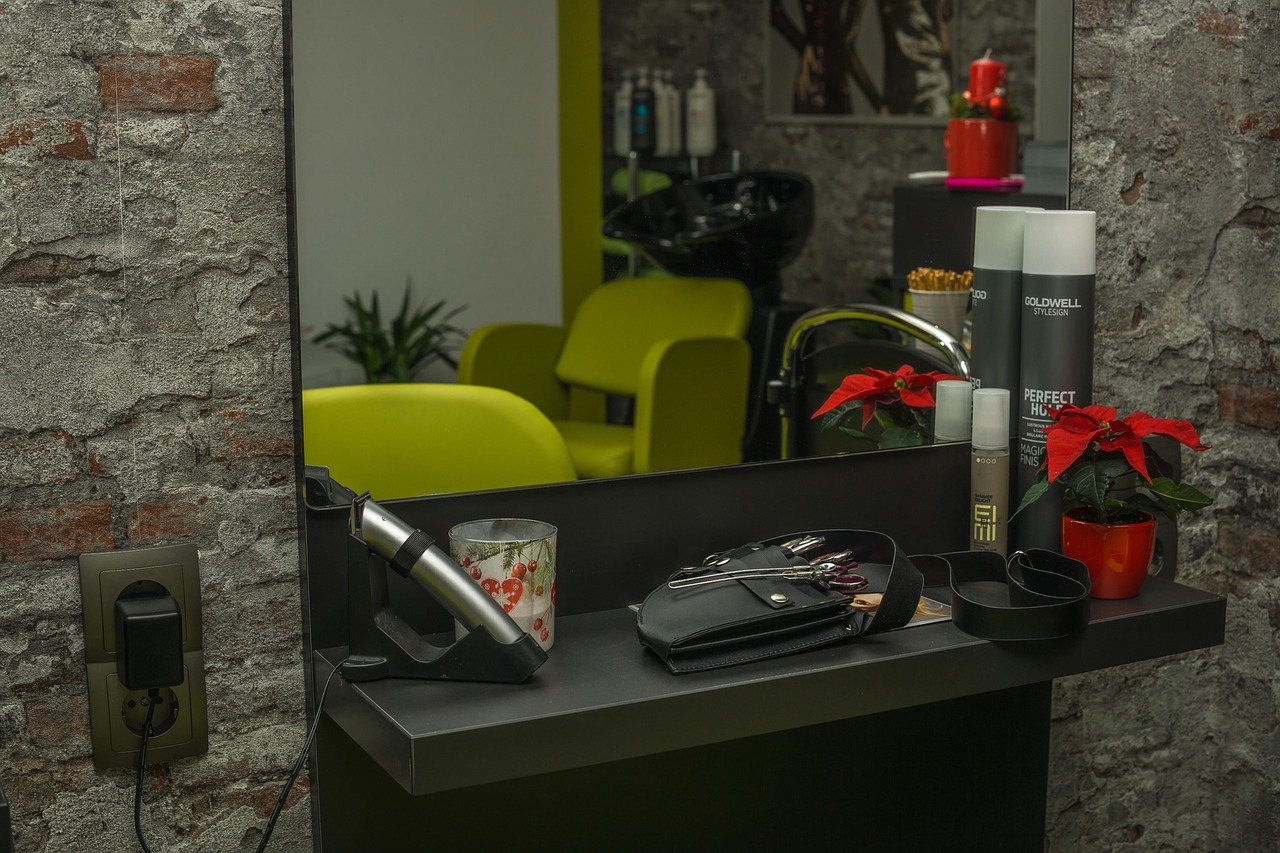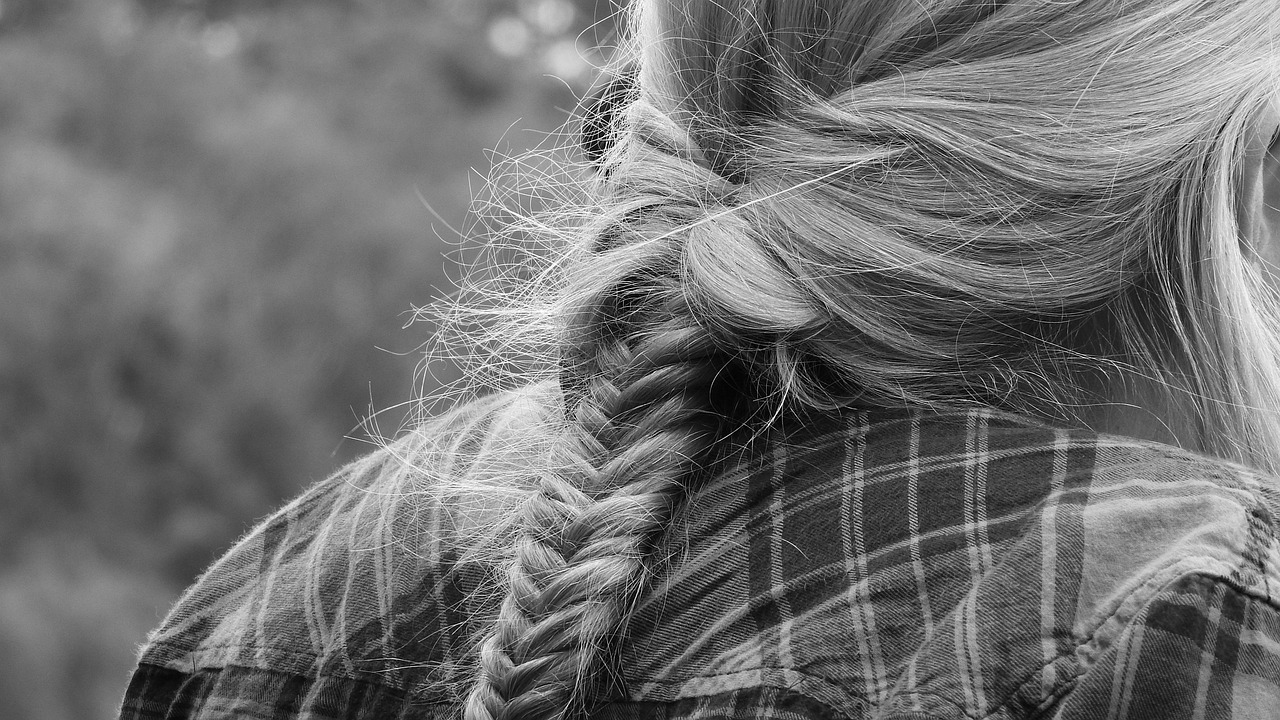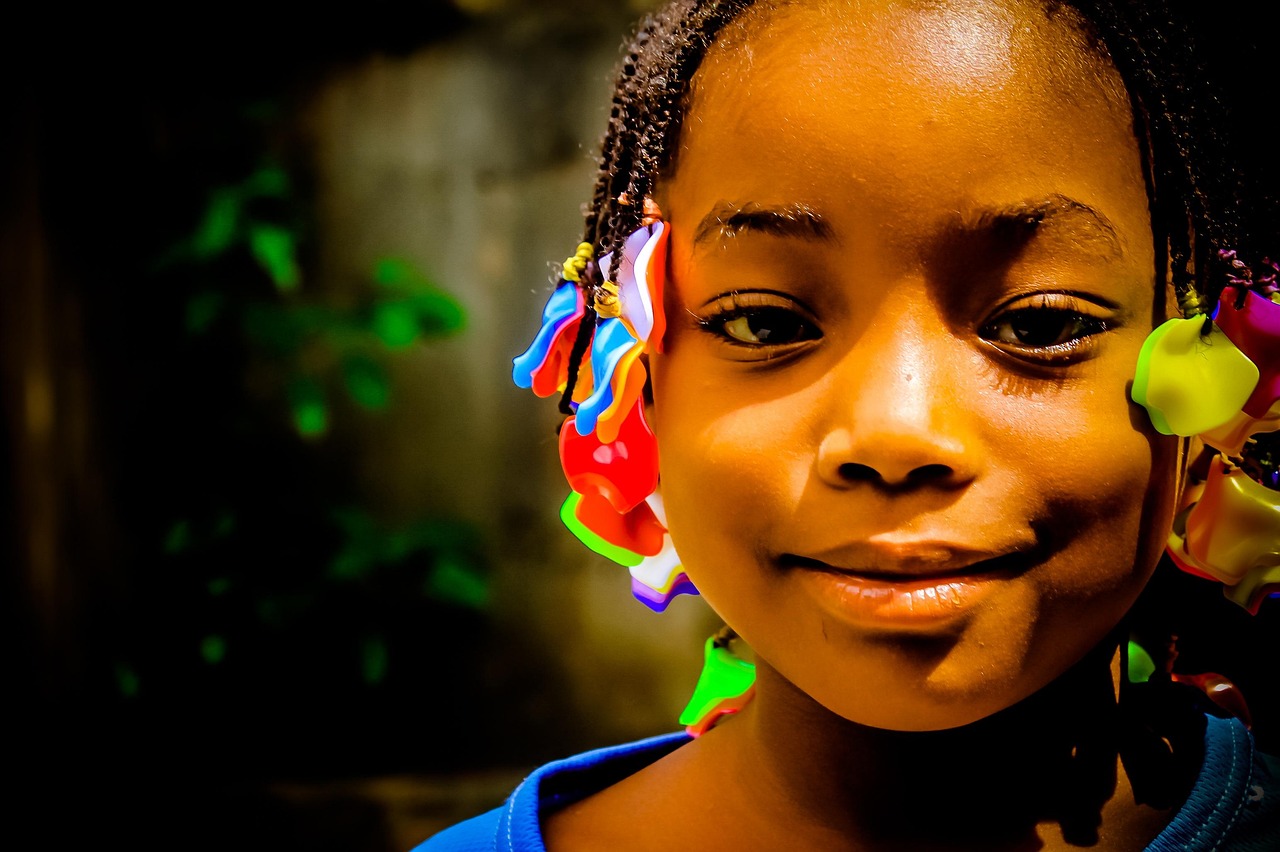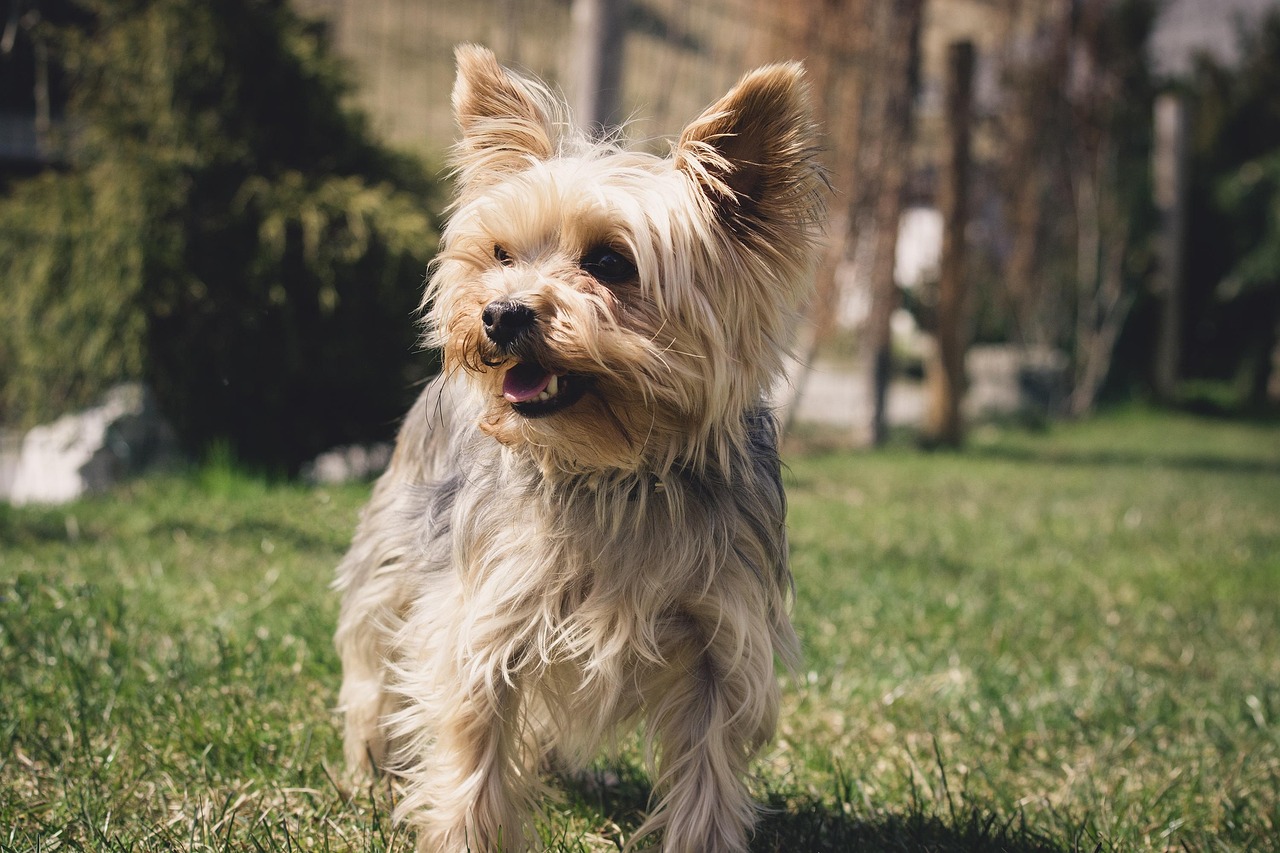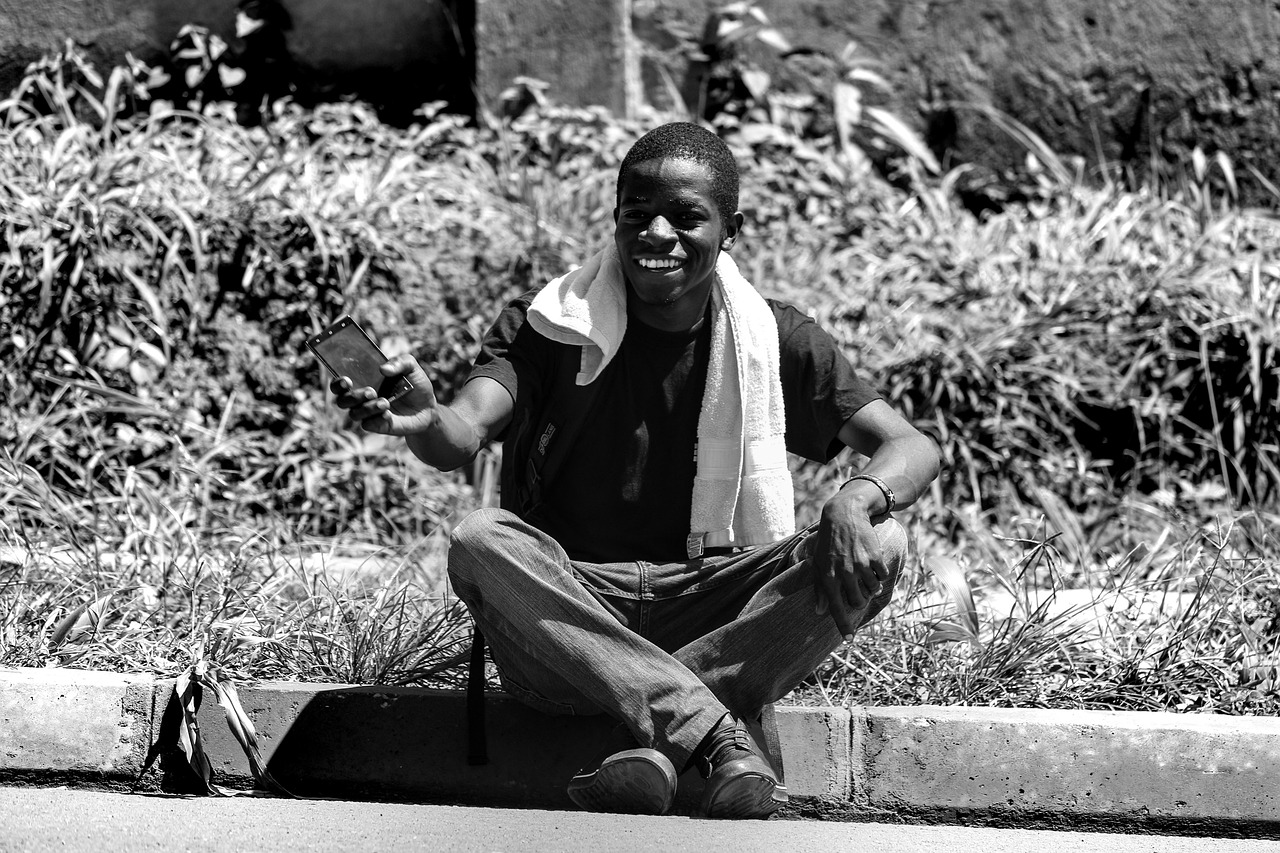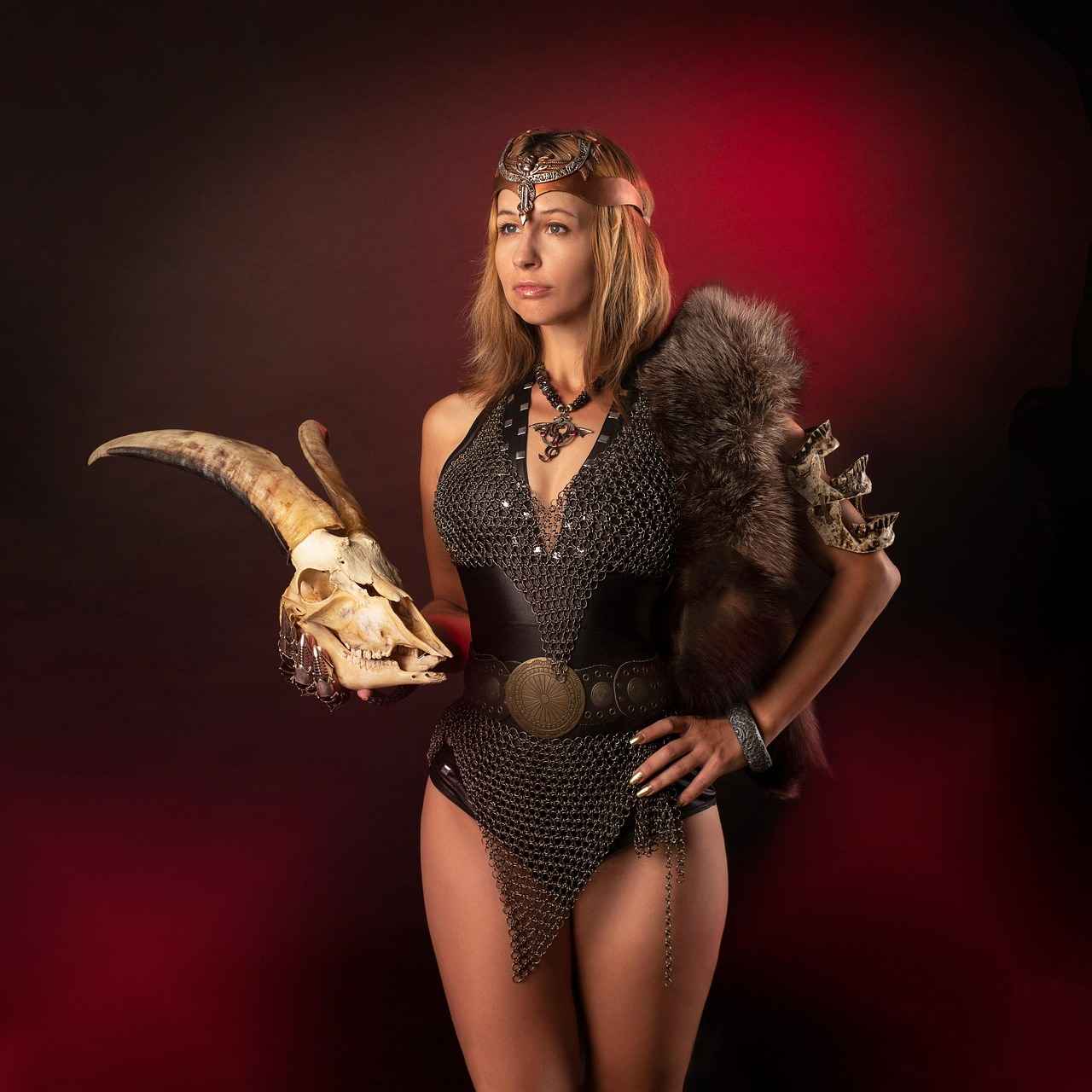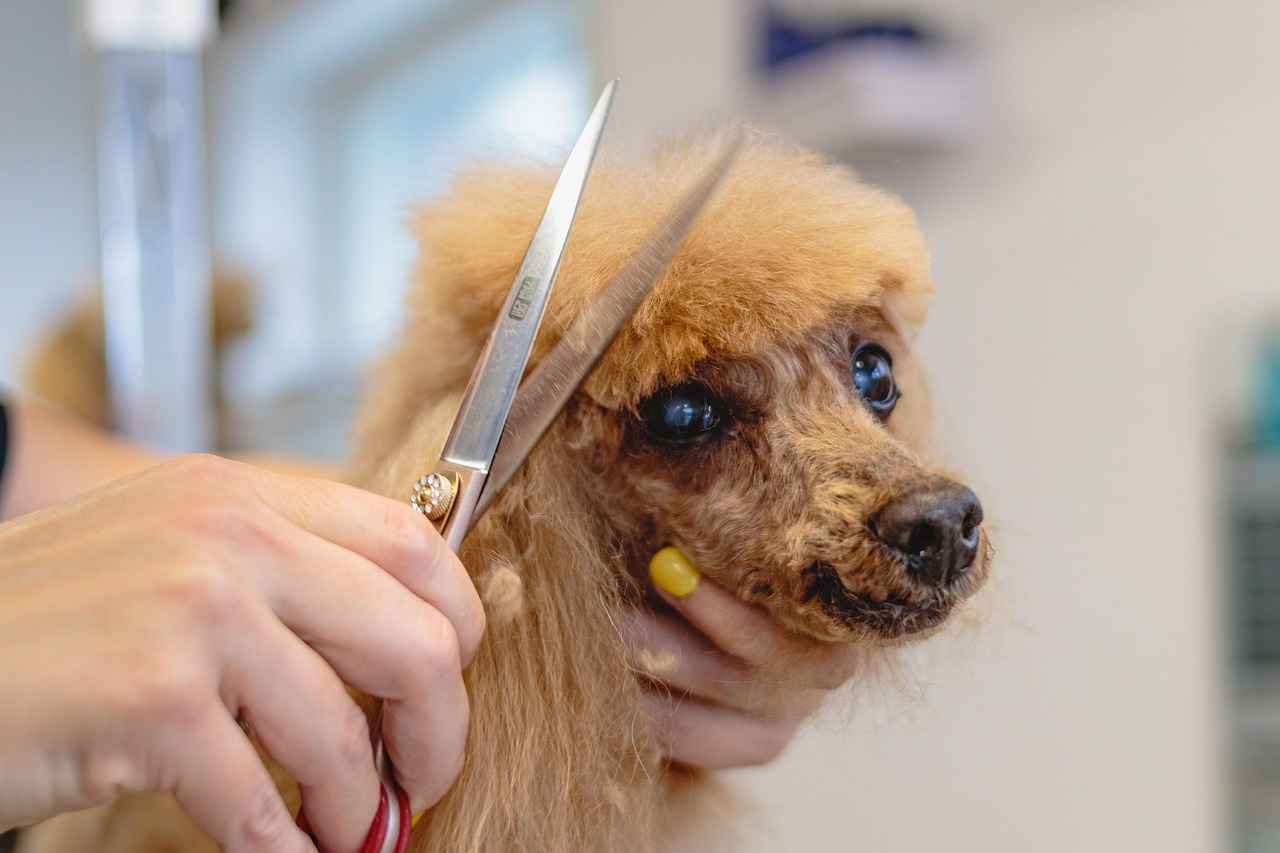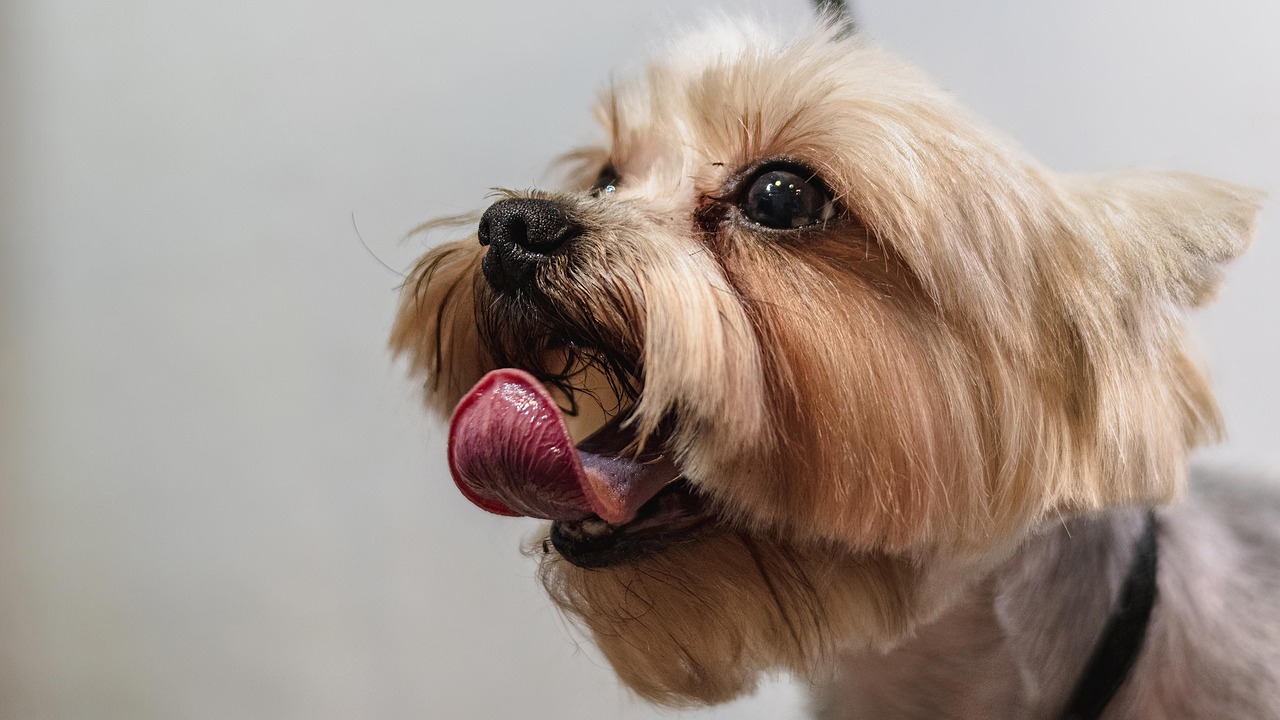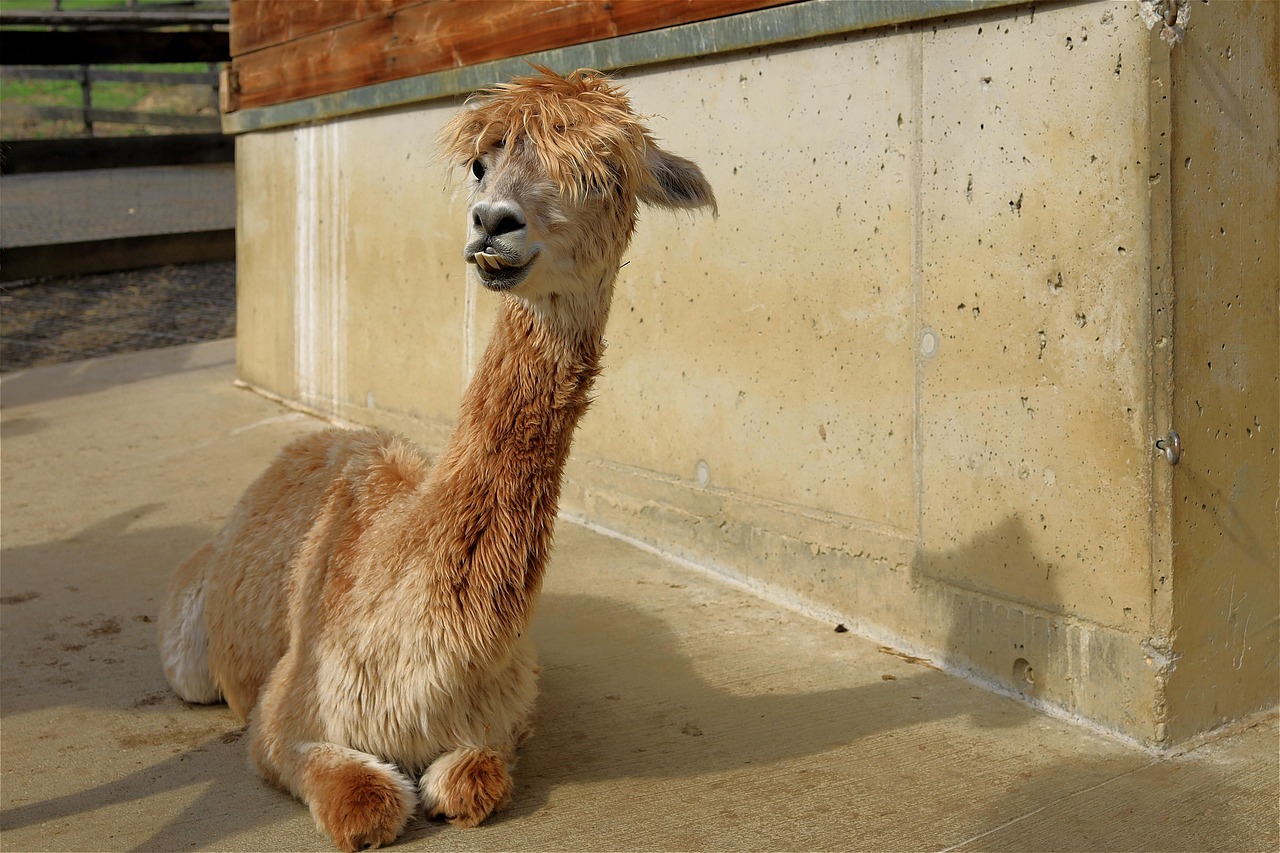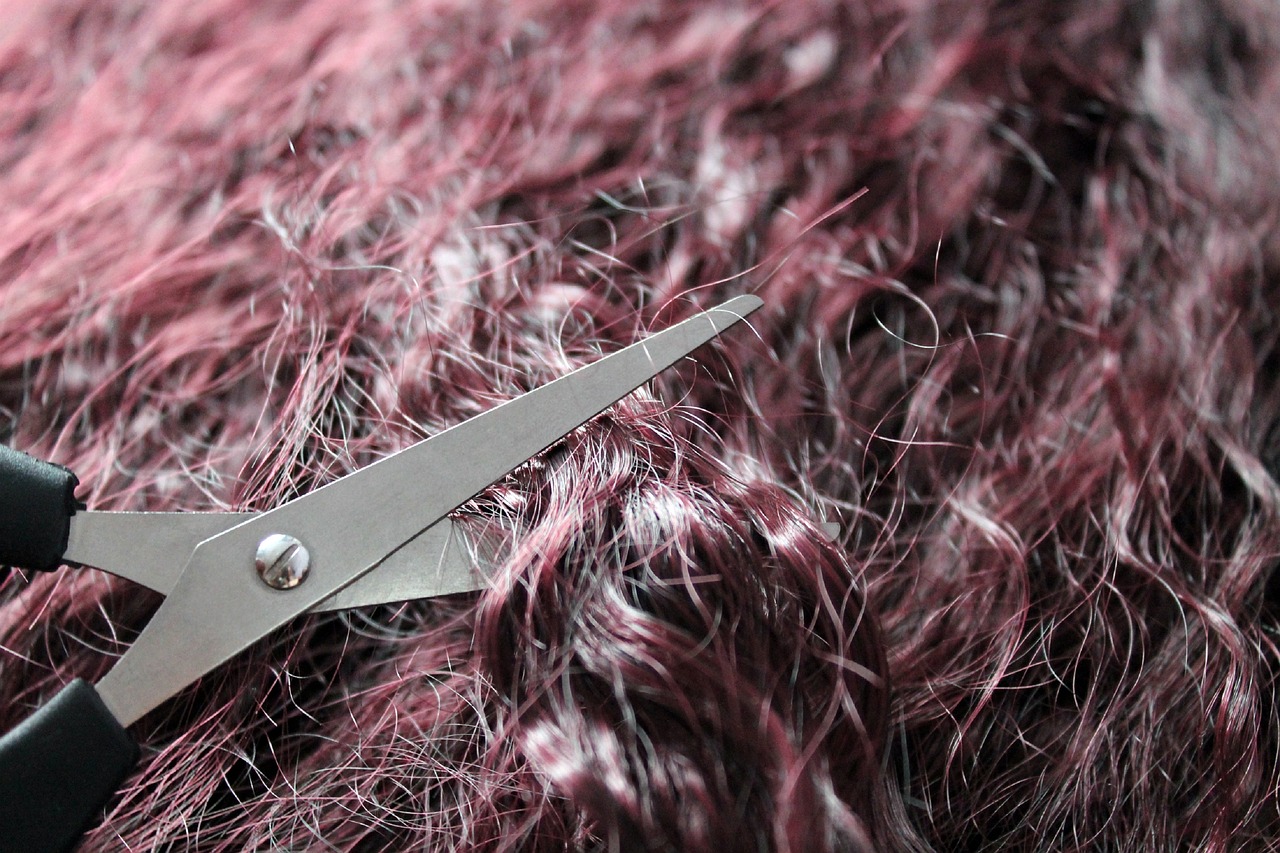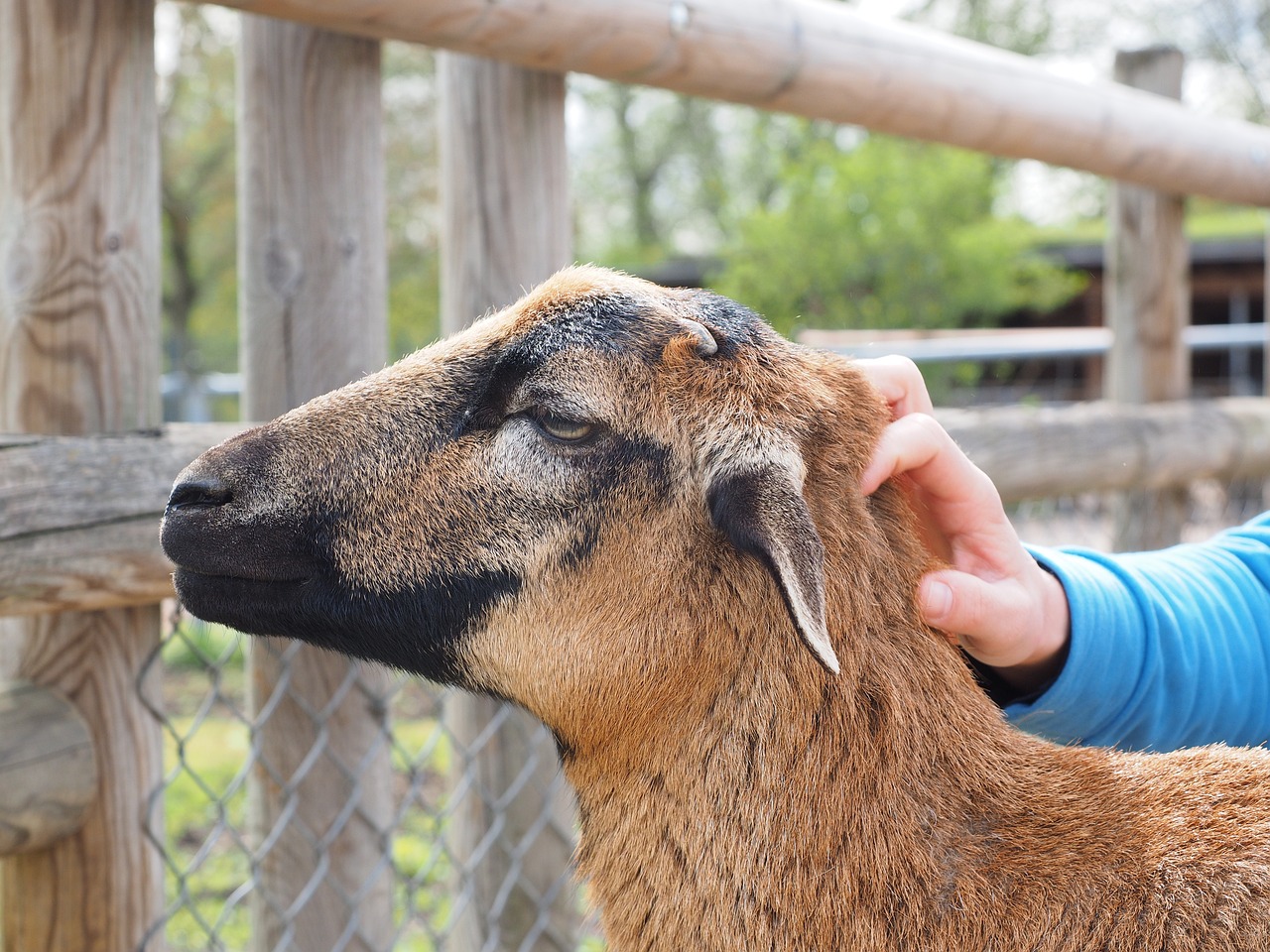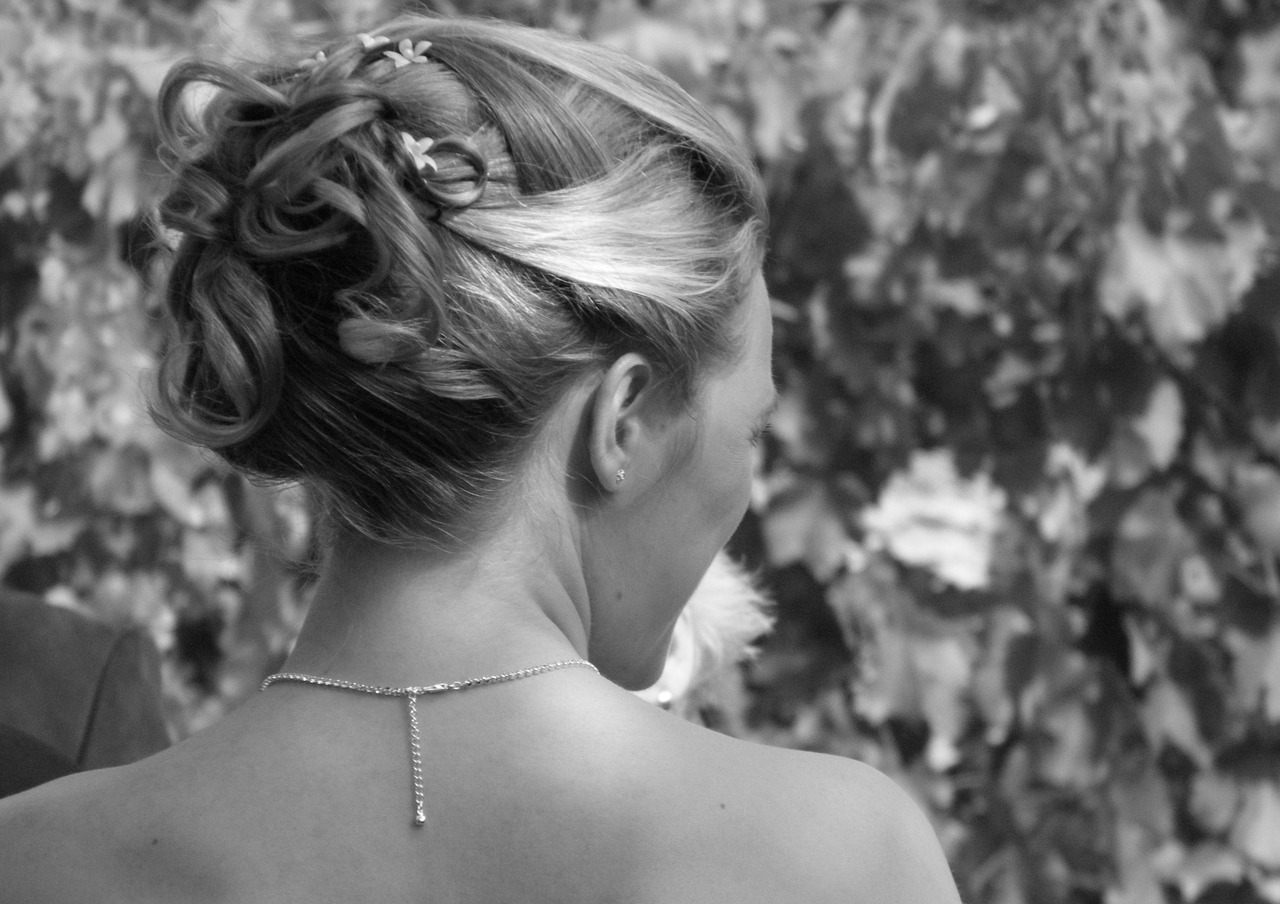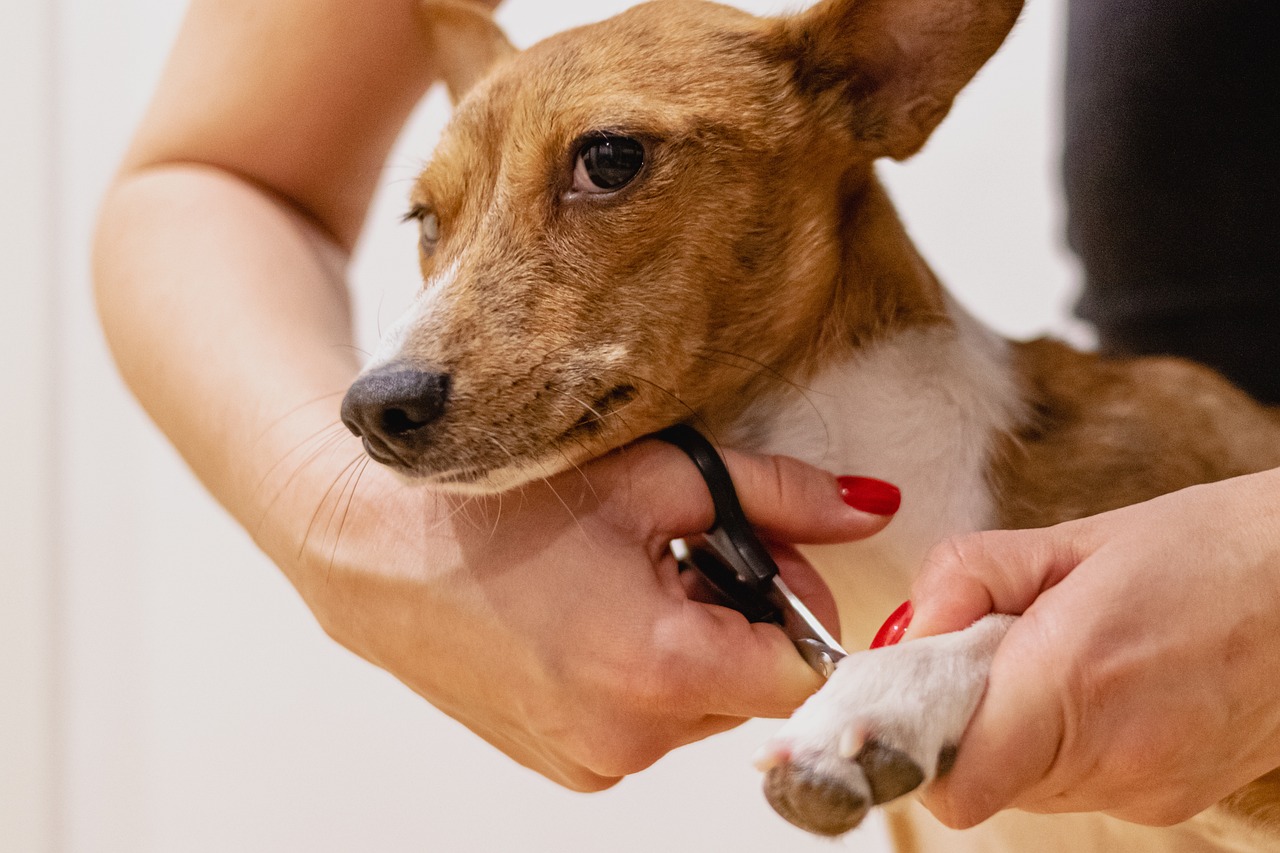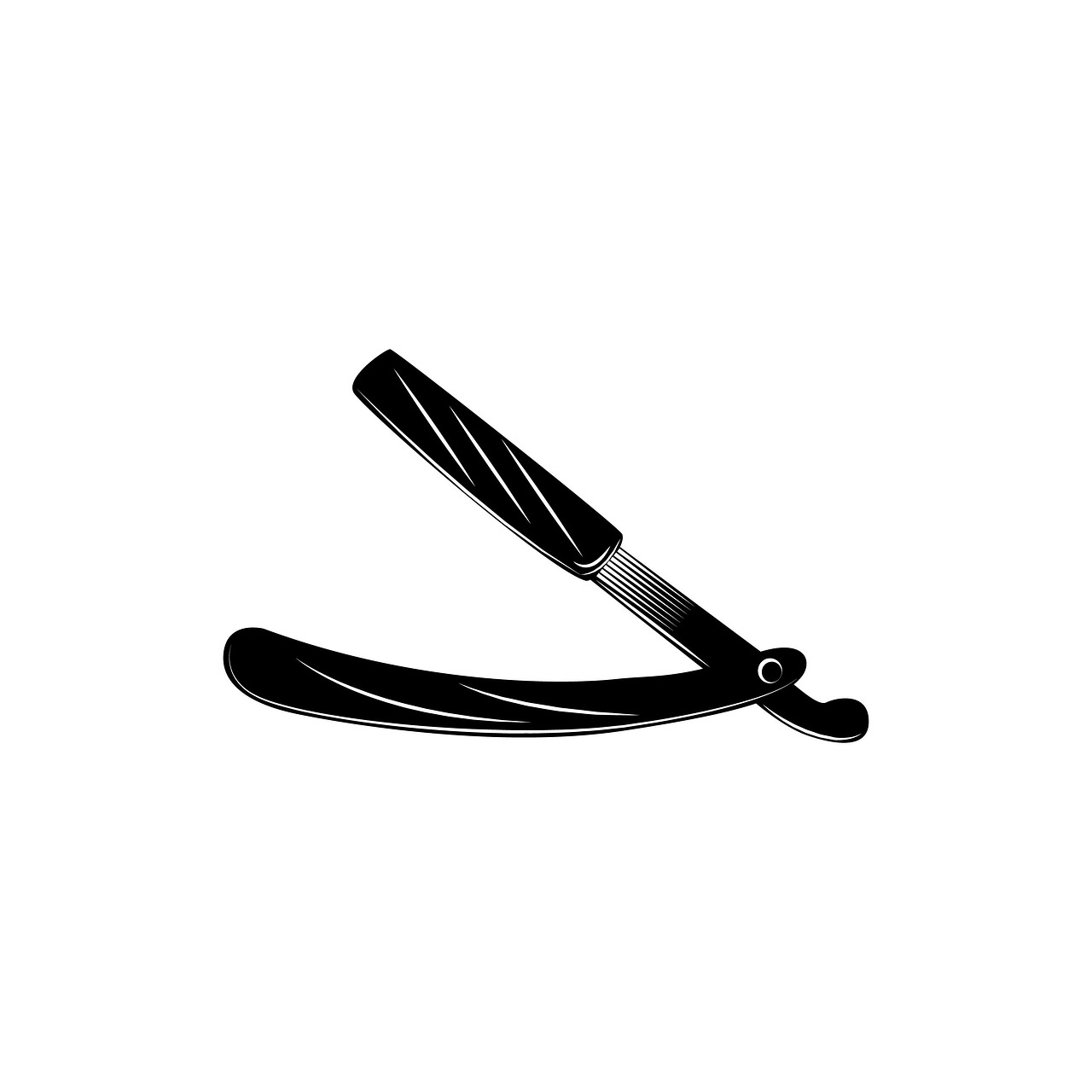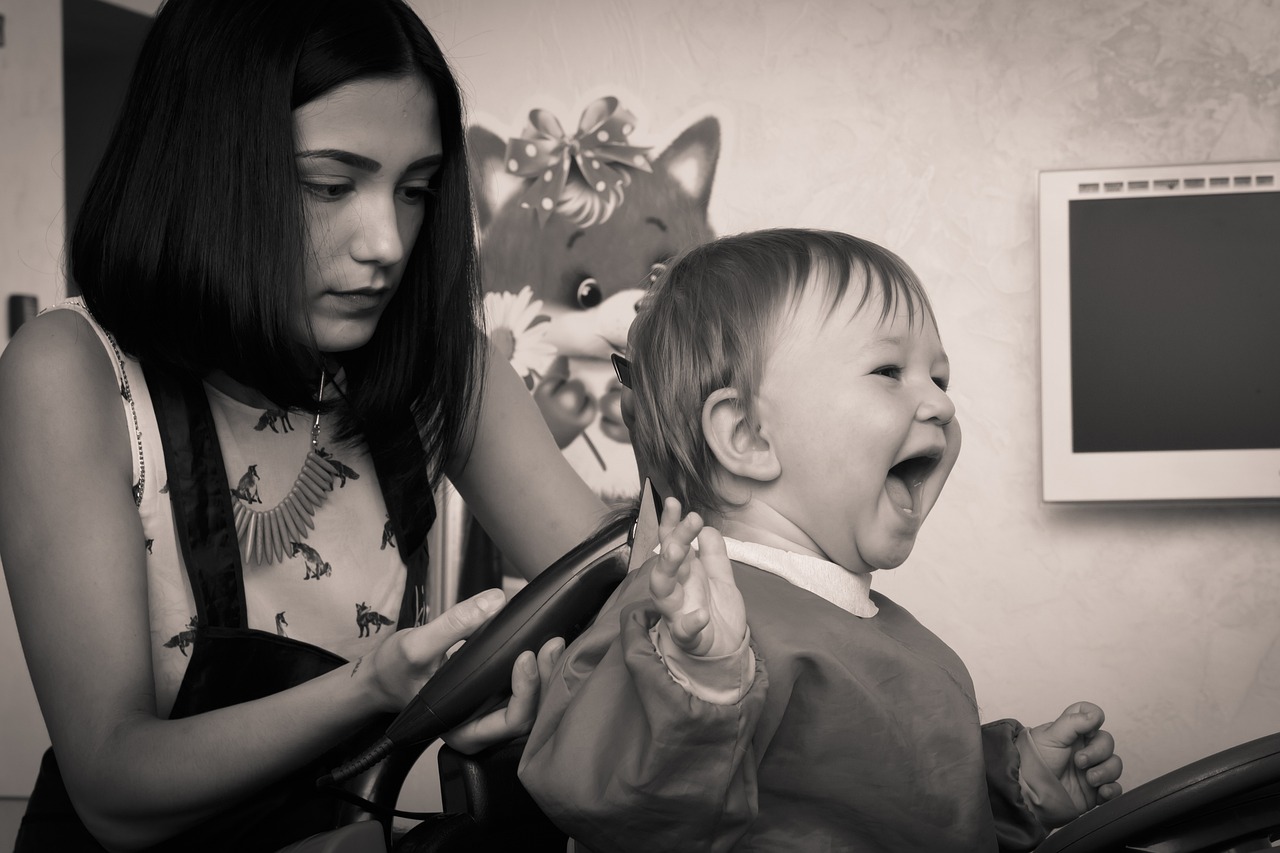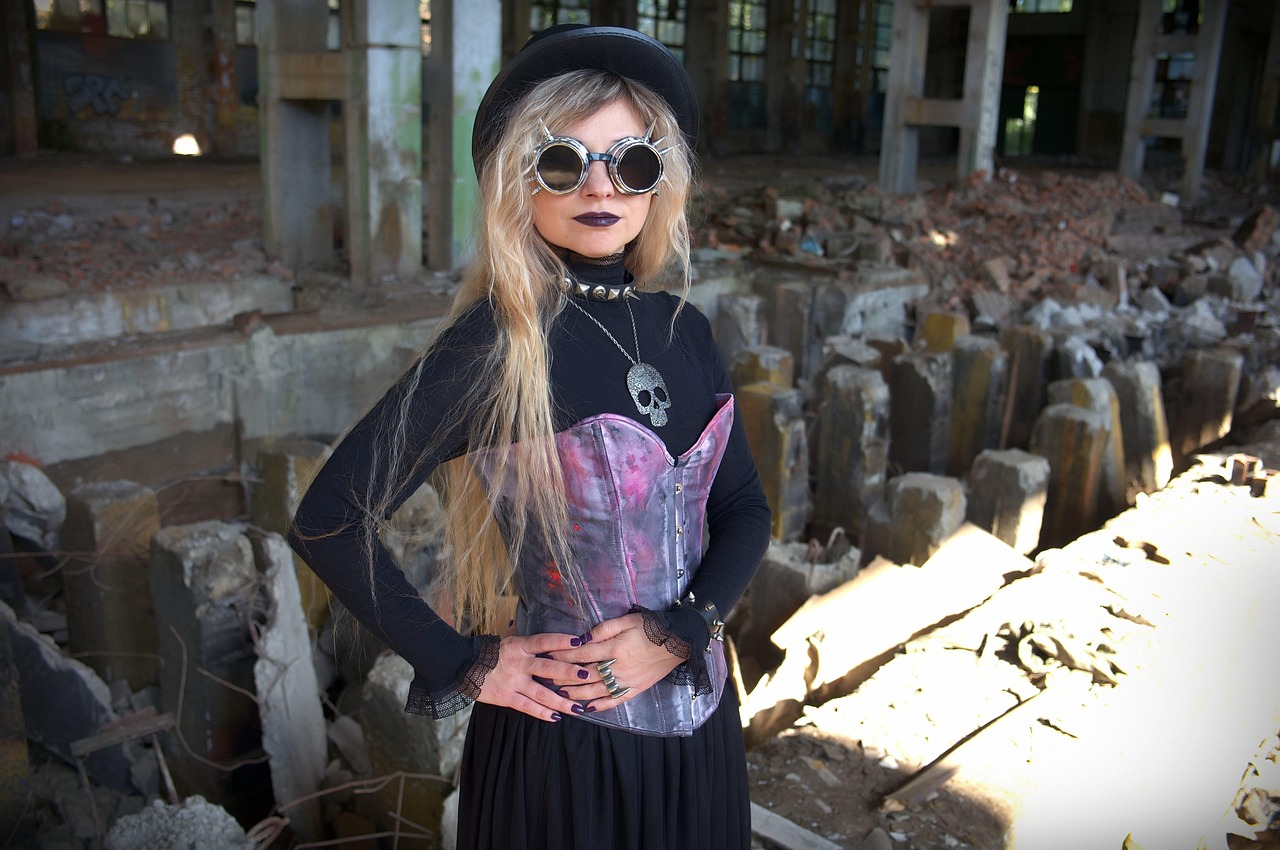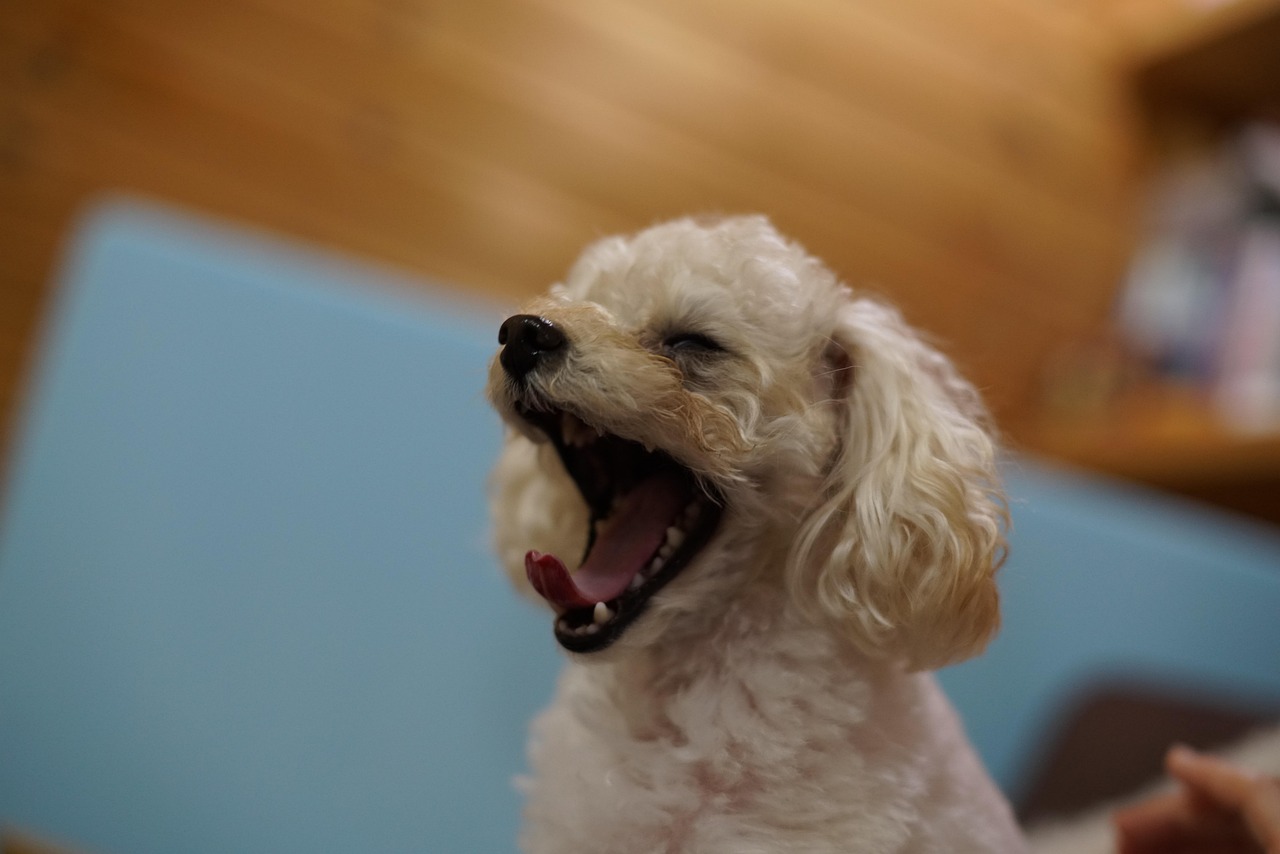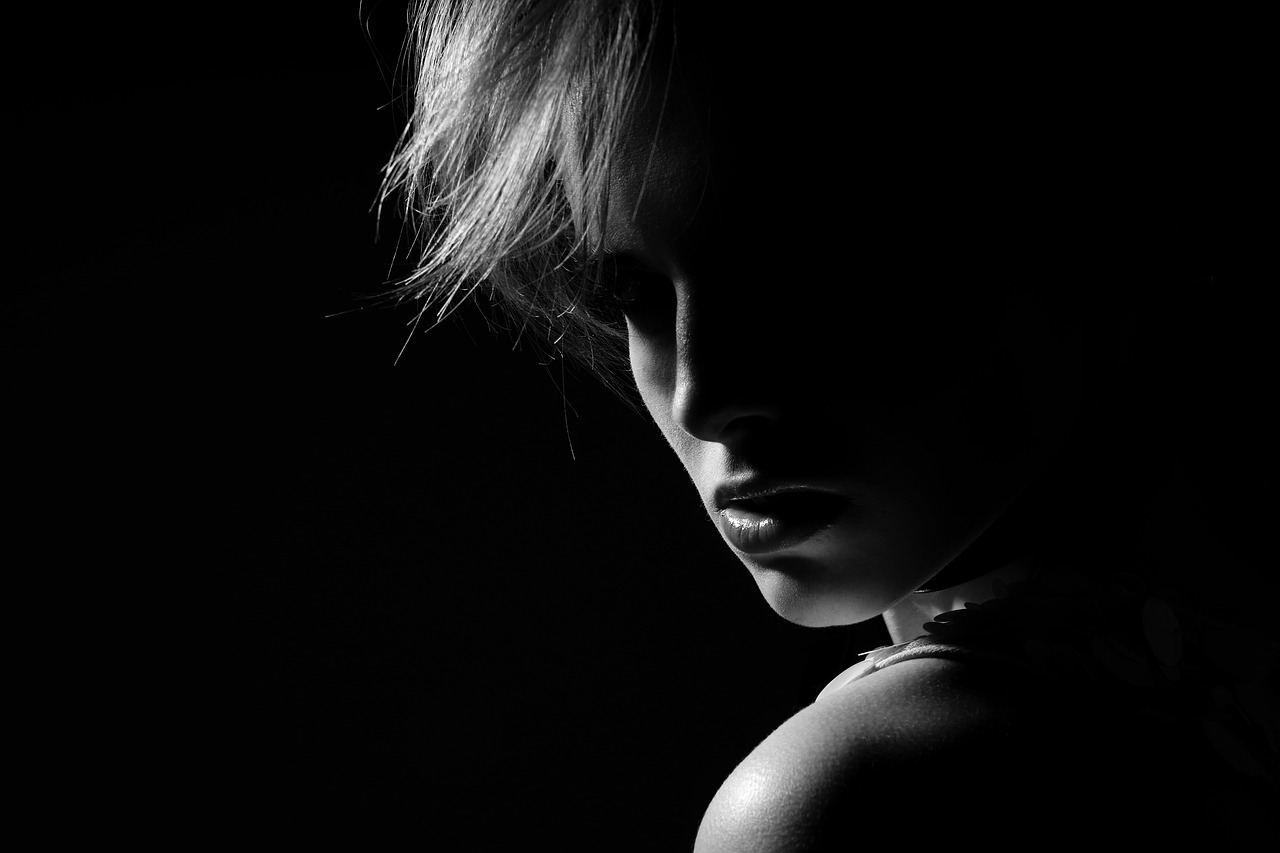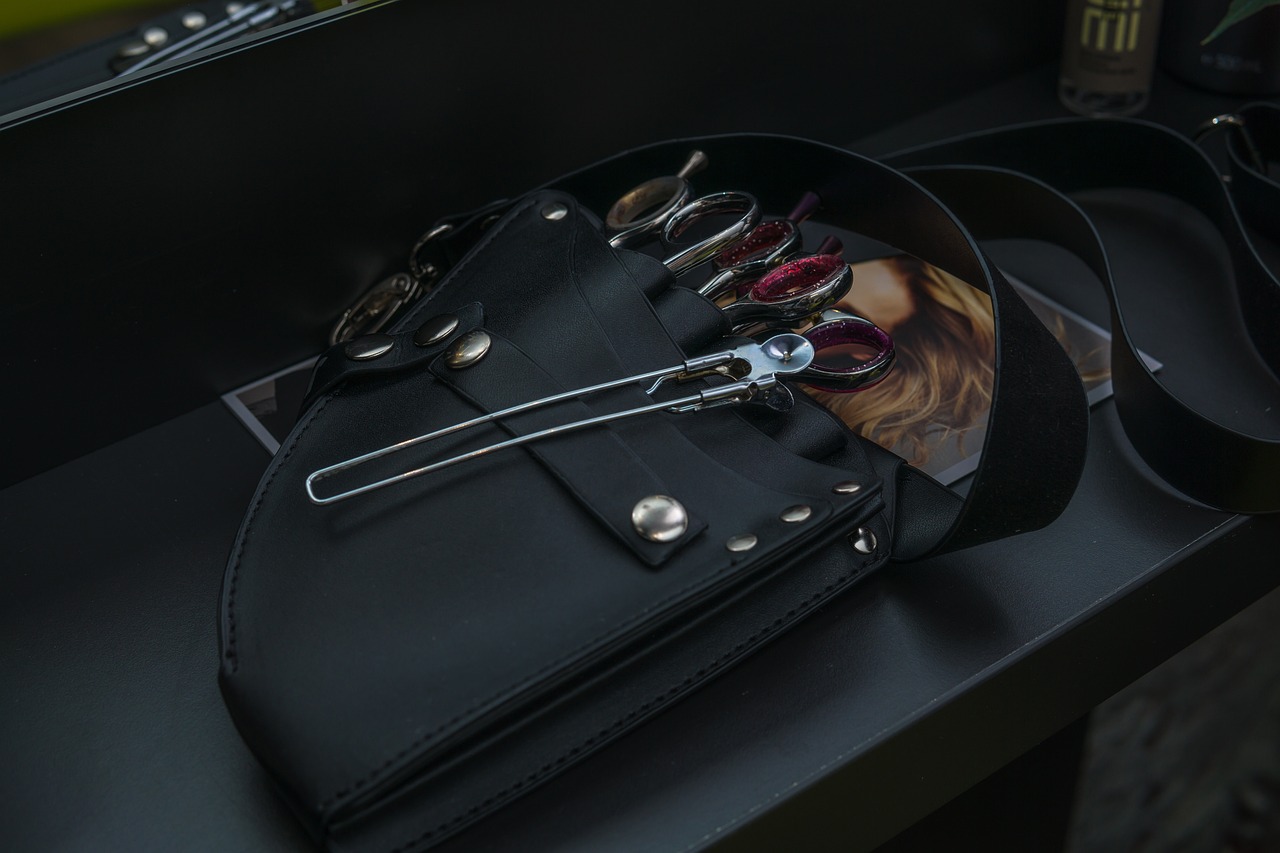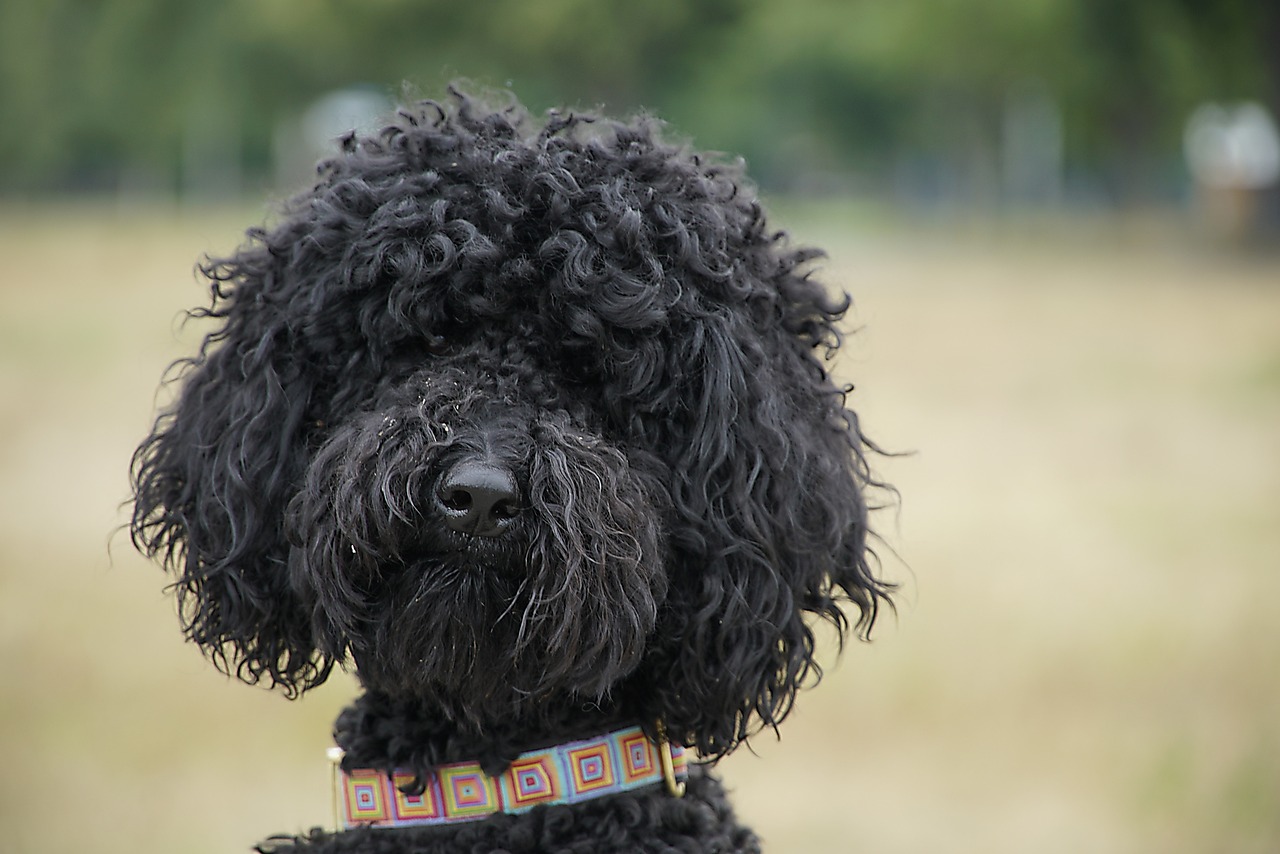Embarking on a journey through the diverse world of haircut styles can be both exciting and overwhelming. This comprehensive guide aims to detail various types, techniques, and trends, empowering you to choose a look that resonates with your unique personality and lifestyle.
What Are the Most Popular Haircut Styles?
Discover the most sought-after haircut styles that cater to different face shapes and hair types. From classic cuts to contemporary trends, there’s a style for everyone. Some popular options include:
- The Classic Bob: Timeless and versatile, suitable for various hair textures.
- Pixie Cuts: A bold choice that exudes confidence and is easy to maintain.
- Long Layers: Ideal for adding movement and dimension to longer hair.
How to Choose the Right Haircut for Your Face Shape?
Choosing the right haircut begins with understanding your face shape. Here’s a breakdown of styles that work best for different shapes:
Round Face Haircuts
- Long Layers: These can elongate the face, creating a balanced look.
- Asymmetrical Cuts: This edgy style draws attention away from the face’s width.
Oval Face Haircuts
Oval faces are highly versatile. Almost any haircut works well, but some standout styles include:
- Soft Waves: Enhance the natural symmetry of the face.
- Blunt Bobs: A chic option that frames the face beautifully.
What Are the Different Techniques Used in Hair Cutting?
The technique used in cutting hair can dramatically alter the final outcome. Here are some common methods:
Layering Techniques
Layering adds depth and movement. Different techniques, such as point cutting and slide cutting, can create various effects suitable for different hair types.
Texturizing Techniques
Texturizing reduces bulk and enhances style. Techniques like razoring and thinning shears can make a significant difference in achieving a modern finish.
What Are the Latest Haircut Trends for 2023?
Staying updated with the latest trends is essential. In 2023, some notable styles include:
- Shag Haircuts: Characterized by choppy layers, this retro style is making a comeback.
- Bobs and Lobs: These remain timeless, with variations like textured lobs gaining popularity.
How to Maintain Your Haircut for Longevity?
Proper maintenance is crucial for keeping your haircut looking fresh. Here are some tips:
Regular Trims
To maintain shape, regular trims are necessary. Depending on your haircut type, aim for a visit every 6-8 weeks.
Home Hair Care Tips
Effective home care can enhance your haircut’s longevity. Use quality products suited for your hair type and employ techniques like heat protection to maintain your style between salon visits.

What Are the Most Popular Haircut Styles?
When it comes to expressing personal style, haircuts play a pivotal role. The right haircut can enhance your features, boost your confidence, and even transform your overall appearance. In this section, we will explore the most popular haircut styles that cater to different face shapes and hair types, ensuring you find the perfect match for your unique look.
Discover the most sought-after haircut styles that suit various face shapes and hair types, including classic cuts and modern trends that enhance your overall appearance. Here are some of the most notable styles:
- The Classic Bob: This timeless cut is versatile and can be tailored to suit any face shape. Whether it’s a blunt bob or a layered version, it remains a favorite for its chic appeal.
- Pixie Cut: Perfect for those looking for a bold change, the pixie cut offers a fresh and youthful look. It works well with various textures and can be styled in numerous ways.
- Shag Cut: A trending choice, the shag cut features choppy layers that add volume and texture. It’s particularly flattering for those with fine hair, creating an effortlessly stylish vibe.
- Lob (Long Bob): An extension of the classic bob, the lob is a longer version that falls just above the shoulders. It’s a great option for those who want a low-maintenance yet fashionable style.
- Layered Cuts: Layers can transform any haircut, adding movement and dimension. This style works well with both long and medium-length hair, making it a popular choice.
- Asymmetrical Cuts: This edgy style features varying lengths that create a dynamic look. Asymmetrical cuts are perfect for showcasing your personality and can be adapted to suit any hair type.
Choosing the right haircut involves understanding your face shape and hair type. Here are some tips to help you select the most flattering styles:
- Round Faces: Opt for haircuts that add length, such as long layers or asymmetrical cuts, to balance the softness of your features.
- Oval Faces: Lucky for you, most styles work well with oval faces! Consider bobs or layered cuts that enhance your natural symmetry.
- Square Faces: Soften angular features with textured layers or long hairstyles that frame the face.
- Heart-Shaped Faces: Choose styles that add width at the chin, such as bobs with volume or side-swept bangs.
In addition to face shape, consider your hair type. Fine hair benefits from layered cuts that create volume, while thick hair may require texturizing to reduce bulk. Regardless of your choice, it’s essential to communicate with your stylist about your preferences and lifestyle to achieve the best results.
In conclusion, the world of haircuts is vast and varied. By understanding the most popular styles and how they align with your face shape and hair type, you can make a confident choice that enhances your beauty and reflects your personality.

How to Choose the Right Haircut for Your Face Shape?
Choosing the right haircut is essential for enhancing your features and expressing your personal style. Understanding your face shape is the first step in selecting a haircut that complements your unique characteristics. In this guide, we will explore the best haircut options for round, oval, square, and heart-shaped faces, helping you find a look that suits you perfectly.
Before diving into specific styles, it’s important to determine your face shape. Here’s a quick way to identify it:
- Round: Equal width and length, with soft curves.
- Oval: Slightly longer than wide, with a gently rounded jawline.
- Square: Equal width and length, with a strong jawline and angular features.
- Heart: Wider forehead and cheekbones, tapering down to a narrow chin.
For those with round faces, the goal is to create the illusion of length. Here are some styles that work well:
- Long Layers: These layers add length and movement, helping to elongate the face.
- Asymmetrical Cuts: An asymmetrical cut can provide an edgy contrast to the roundness, drawing attention away from width.
- Side-Swept Bangs: Bangs that are swept to the side can create angles and add definition to the face.
Oval faces are versatile and can pull off a wide range of styles. Here are some recommended cuts:
- Blunt Bobs: A classic choice that accentuates the balanced proportions of an oval face.
- Soft Waves: Loose waves can add texture and enhance the natural symmetry of the face.
- Pixie Cuts: A pixie cut can highlight facial features, making it a bold and stylish option.
For square faces, the aim is to soften angular features. Consider these styles:
- Layered Cuts: Layers can soften the jawline and add movement to the hair.
- Textured Bobs: A bob with texture can break up the strong lines of a square face.
- Long, Side-Swept Bangs: These bangs can help to soften the forehead and balance the jawline.
Heart-shaped faces benefit from haircuts that balance the wider forehead and narrower chin. Here are some flattering options:
- Long Layers: Layers that start below the chin can help to add volume and balance.
- Chin-Length Bobs: A chin-length bob can draw attention to the jawline while softening the forehead.
- Side-Parted Styles: A side part can create an asymmetrical look that balances the face.
In conclusion, selecting the right haircut based on your face shape can significantly enhance your appearance. Whether you have a round, oval, square, or heart-shaped face, understanding the best styles for your features will help you make an informed decision. Always consult with a professional stylist who can offer personalized advice and ensure you leave the salon feeling confident and beautiful.
Round Face Haircuts
Round faces are characterized by soft curves and equal width and length, which can make choosing a haircut challenging. However, the right haircut can enhance your features, adding length and balance for a more harmonious appearance. Below, we explore various haircut options that are particularly flattering for round faces.
Choosing a haircut that complements a round face involves focusing on styles that create the illusion of length and add definition. Here are some excellent options:
- Long Layers: Long layers are a fantastic choice for round faces. They help elongate the face while adding movement and texture. The layers can be styled in various ways, such as soft waves or straightened for a sleek look.
- Asymmetrical Cuts: An asymmetrical haircut features uneven lengths, which can provide an edgy contrast to the roundness of your face. This style draws attention away from the width of the face and adds a modern touch.
- Side-Swept Bangs: Bangs that are swept to the side can soften the roundness of your face. They create angles and draw attention to your eyes, offering a chic and stylish look.
- Long Bob (Lob): A long bob that falls just above the collarbone can be very flattering. This cut provides a sophisticated look while maintaining enough length to elongate the face.
- Pixie Cuts: A textured pixie cut can also work well for round faces, especially when styled with volume on top. This style can create height, drawing the eye upward and elongating the face.
Once you’ve chosen a haircut, styling is crucial for achieving the best look. Here are some tips:
- Use Volume Wisely: Adding volume at the crown can help elongate the face. Consider using volumizing products or styling techniques to achieve this effect.
- Avoid Full Bangs: While bangs can be flattering, full or blunt bangs may emphasize the roundness of your face. Opt for side-swept or wispy bangs instead.
- Experiment with Texture: Adding texture through layers or curls can create movement and prevent the hair from lying flat against your face, which can accentuate roundness.
When visiting your stylist, it’s essential to communicate your preferences and concerns. Here are some points to discuss:
- Face Shape: Make sure your stylist understands that you have a round face and are looking for a cut that will complement it.
- Maintenance Level: Discuss how much time you want to spend on styling your hair daily. Some cuts require more upkeep than others.
- Styling Products: Ask for recommendations on products that will help you maintain your new haircut and enhance its features.
In conclusion, choosing the right haircut for a round face can significantly impact your overall look. By focusing on styles that add length and balance, you can achieve a flattering and harmonious appearance. Whether you opt for long layers, asymmetrical cuts, or textured pixies, the right haircut can enhance your natural beauty and boost your confidence.
Long Layers
are a versatile haircut choice that can dramatically enhance your overall appearance, especially for those with round faces. This style not only adds a touch of elegance but also serves a functional purpose by creating an illusion of length. By incorporating long layers, you can effectively elongate the appearance of a round face, offering a more balanced and flattering look.
One of the primary benefits of long layers is their ability to introduce movement and texture to your hair. This is particularly important for individuals with fine or straight hair, as layers can create the illusion of volume and depth. The layering technique involves cutting the hair at varying lengths, which allows for a more dynamic and lively hairstyle. When styled correctly, long layers can frame the face beautifully, drawing attention to your features rather than the width of your face.
For those with round faces, the key is to ensure that the layers start below the chin. This positioning helps to elongate the face and softens the overall look. Additionally, long layers can be paired with various hairstyles such as waves or curls, which further enhances the face’s length. The combination of layers with waves adds a playful touch, making it suitable for both casual and formal occasions.
Moreover, long layers are not limited to a specific hair type. Whether you have straight, wavy, or curly hair, this style can be adapted to suit your unique texture. For curly hair, long layers help to reduce bulk while maintaining the hair’s natural shape. In contrast, straight hair can benefit from the added movement that layers provide, making it less flat and more engaging.
When considering long layers, it’s essential to consult with a professional stylist who can tailor the cut to your specific face shape and hair type. They can offer valuable insights into how to achieve the desired look while ensuring that your hair remains healthy and vibrant. Regular trims are also crucial to maintain the shape and prevent split ends, allowing your layers to stay fresh and lively.
In addition to their aesthetic benefits, long layers can also be styled in numerous ways, providing versatility for different occasions. You can wear your hair down for a relaxed look or pull it back into a chic updo for a more polished appearance. The options are endless, making long layers a fantastic choice for anyone looking to refresh their hairstyle.
In summary, long layers are an excellent haircut choice for individuals with round faces. They create an illusion of length, add movement and texture, and can be adapted to suit various hair types. By consulting with a stylist and regularly maintaining your haircut, you can enjoy the beauty and versatility that long layers offer.
Asymmetrical Cuts
Asymmetrical cuts have emerged as a popular choice for those looking to make a bold statement with their hairstyle. These unique cuts feature varying lengths that create a striking contrast, enhancing the overall aesthetic of your look. The beauty of asymmetrical cuts lies in their ability to draw attention to the face while cleverly diverting focus from the width, making them an ideal choice for individuals with round face shapes.
Why Choose Asymmetrical Cuts?
One of the most significant advantages of asymmetrical cuts is their versatility. They can be tailored to suit different hair types and lengths, allowing for a personalized touch that reflects your individual style. Whether you prefer a dramatic long bob or a short pixie, asymmetrical cuts can be adapted to fit your preferences.
Benefits of Asymmetrical Cuts:
- Edgy Appearance: Asymmetrical cuts offer an edgy and modern vibe that sets you apart from traditional hairstyles.
- Face-Slimming Effect: The varying lengths create an illusion of length, making your face appear slimmer and more elongated.
- Easy to Style: These cuts often require minimal styling, making them a practical choice for busy individuals.
- Suitable for All Hair Types: Asymmetrical cuts can be adapted for straight, wavy, or curly hair, ensuring that everyone can enjoy this trendy look.
How to Style Asymmetrical Cuts?
Styling asymmetrical cuts can be an enjoyable process. Here are some techniques to enhance your look:
1. Use a texturizing spray to add volume and movement.2. Incorporate waves or curls to soften the edges and create a more relaxed feel.3. Experiment with hair accessories like headbands or clips to add a personal touch.
Who Should Consider Asymmetrical Cuts?
Asymmetrical cuts are particularly well-suited for those with round faces, as they help to elongate the appearance of the face. However, they can also complement oval and square face shapes, depending on how they are styled. If you have a bold personality and enjoy experimenting with your look, an asymmetrical cut might be the perfect fit for you.
Maintenance Tips for Asymmetrical Cuts:
To keep your asymmetrical cut looking fresh, regular trims are essential. Aim for a visit to the salon every 6 to 8 weeks to maintain the shape and prevent split ends. Additionally, using the right hair care products can help to keep your hair healthy and vibrant.
In conclusion, asymmetrical cuts are a fantastic choice for anyone looking to embrace a contemporary and stylish look. With their unique ability to flatter various face shapes and hair types, they provide a fresh alternative to traditional hairstyles. Whether you opt for a subtle asymmetry or a bold statement cut, this style is sure to turn heads and express your individuality.
Oval Face Haircuts
When it comes to choosing the perfect haircut, oval faces are often considered the most versatile. This face shape is characterized by balanced proportions, making it suitable for a wide array of styles. In this section, we will explore the haircut options that best enhance the natural beauty of oval faces, ensuring you look your best no matter the occasion.
Oval faces are known for their symmetrical features and gently rounded jawlines, which allow for a variety of haircut styles. This adaptability means that individuals with oval faces can experiment with both short and long hairstyles, as well as various textures and colors. Let’s delve into some of the most flattering haircut choices for this face shape.
- Long Layers: Long layers are an excellent choice for oval faces. They add movement and dimension to your hair while framing your features beautifully. The layers can start at the chin or collarbone to create a soft, elegant look.
- Bobs: Whether it’s a classic bob or a modern lob (long bob), these styles can enhance your oval face. A blunt cut at the jawline can accentuate your cheekbones, while a lob that grazes the shoulders offers a trendy, chic appearance.
- Shag Haircuts: The shag haircut, characterized by its choppy layers and textured finish, is perfect for adding volume and personality to your look. This style works particularly well with wavy or curly hair, providing a carefree vibe.
- Side-Swept Bangs: Adding side-swept bangs can soften the overall look of an oval face. They draw attention to the eyes and cheekbones while adding a touch of sophistication.
- Asymmetrical Cuts: For those looking to make a bold statement, asymmetrical cuts can provide an edgy contrast to the softness of an oval face. This style adds interest and can be tailored to suit various hair lengths.
Oval faces can pull off a variety of hair lengths. Short haircuts, such as pixies or bobs, highlight the facial structure, while long hair can be styled in numerous ways, from sleek straight looks to voluminous curls. The key is to choose a length that complements your personal style and hair texture.
Absolutely! Oval faces can benefit from a range of hair textures. Wavy and curly styles can add volume and dimension, while straight hair can create a sleek, polished look. When considering texture, think about your hair’s natural tendencies and how much maintenance you’re willing to commit to.
When selecting a haircut for an oval face, keep the following tips in mind:
- Consult a professional stylist who understands your hair type and face shape.
- Consider your lifestyle and how much time you can dedicate to styling your hair.
- Experiment with different styles using virtual makeover apps to visualize your options.
In summary, oval faces offer a wealth of possibilities when it comes to haircut styles. By understanding your unique features and experimenting with different lengths, textures, and bangs, you can find a look that truly enhances your beauty.

What Are the Different Techniques Used in Hair Cutting?
When it comes to achieving the perfect hairstyle, haircut techniques play a crucial role in determining the final look. Understanding various methods allows you to customize your style to reflect your personality and preferences. In this section, we will delve into the most popular haircut techniques, including layering, texturizing, and blunt cutting, and explore how each method contributes to creating unique styles.
Layering is a technique that involves cutting hair at different lengths to create volume and movement. This method is particularly effective for adding depth to flat or thick hair. There are several types of layering techniques:
- Long Layers: These layers are cut to maintain length while adding movement. They work beautifully for those with long hair, providing a soft, flowing effect.
- Short Layers: Ideal for adding volume to short hairstyles, short layers create a lively, textured appearance.
- Face-Framing Layers: These layers accentuate facial features and are often used in conjunction with longer styles.
Texturizing is a method that reduces bulk and creates a more manageable style. This technique is especially beneficial for those with thick or curly hair. Common texturizing methods include:
- Razoring: This technique uses a razor to create soft edges and remove weight from the hair, resulting in a more relaxed and natural look.
- Point Cutting: By cutting into the ends of the hair at an angle, point cutting adds texture and removes sharpness, creating a softer finish.
- Thinning: Thinning shears are used to selectively remove hair, reducing bulk and allowing for more movement.
Blunt cutting is characterized by a straight-across cut, providing a clean and polished look. This technique is often used for bobs and other short hairstyles, creating a sharp silhouette that enhances the hair’s natural shine. Blunt cuts are versatile and can be tailored to suit various face shapes and hair textures. They are particularly effective in:
- Creating Definition: Blunt cuts provide a strong structure to the hairstyle, making it easier to maintain.
- Enhancing Thickness: This technique can make fine hair appear thicker and fuller.
- Framing the Face: A blunt cut can beautifully frame the face, drawing attention to your features.
Choosing the right haircut technique depends on your hair type and desired style. For example, if you have thick hair, texturizing may be the best option to reduce bulk. Conversely, if you have fine hair, blunt cutting can create an illusion of fullness. Always consult with a professional stylist who can assess your hair and recommend the most suitable technique.
In conclusion, understanding the various haircut techniques is essential for achieving a look that not only flatters your features but also suits your lifestyle. Whether you opt for layering, texturizing, or blunt cutting, each method offers unique benefits that can transform your hairstyle into a work of art.
Layering Techniques
in hairstyling are essential for adding dimension and movement to your hair. This technique involves cutting hair at different lengths to create texture and volume, making it a popular choice among hairstylists and clients alike. Whether you have long, short, straight, or curly hair, layering can enhance your hairstyle and suit various lengths and textures.
When considering layering, it’s important to understand the different available. Each method can dramatically alter your look, giving you the flexibility to express your personality through your hairstyle.
- Long Layers: Ideal for those with long hair, this technique involves cutting the hair in layers that start further down the length. Long layers can create an illusion of length and movement, making them perfect for individuals with round or square face shapes.
- Short Layers: Perfect for shorter hairstyles, short layers add volume and texture, making hair look fuller. This technique is great for fine hair, as it can help to lift the roots and create a bouncy effect.
- Face-Framing Layers: These layers are cut around the face to highlight your features. They can soften your look and add a flattering frame, making them suitable for any hair length.
- Choppy Layers: This edgy technique involves uneven cuts that create a textured, tousled look. Choppy layers are often used in modern hairstyles, adding a contemporary flair to your overall appearance.
Each of these techniques can be tailored to suit your hair type and personal style. For instance, curly hair often benefits from long layers, which help to reduce bulk while maintaining the natural curl pattern. On the other hand, straight hair can be enhanced with choppy layers, giving it a more dynamic look.
Moreover, layering is not just about aesthetics; it can also be practical. For individuals with thick hair, layering can help to reduce weight and bulk, making hair easier to manage. Conversely, those with fine hair can use layering to create the appearance of more volume and body.
Layering techniques can also be combined with other cutting methods, such as texturizing and point cutting. These methods can further enhance the layered effect, providing a more customized look that aligns with your preferences.
In conclusion, layering is a versatile technique that can transform your hairstyle, adding depth and movement to your hair. By understanding the various layering techniques available, you can work with your hairstylist to find the perfect cut that complements your features and fits your lifestyle.
Texturizing Techniques
Texturizing techniques play a crucial role in modern hairstyling, allowing stylists to create a look that is both stylish and manageable. These methods can effectively reduce bulk, enhance movement, and add dimension to various hair types. In this section, we will explore several popular texturizing techniques, including razoring and point cutting, to help you achieve that perfect, contemporary finish.
Razoring is a texturizing technique that involves using a razor blade to cut the hair. This method allows for a softer, more feathery finish compared to traditional scissors. Razoring is particularly effective for creating layers and removing excess bulk, making it ideal for thick or coarse hair. The process involves gently sliding the razor along the hair strands, which not only shapes the hair but also enhances its natural texture.
Point cutting is another effective texturizing method that involves cutting into the ends of the hair at an angle, rather than straight across. This technique creates a more textured and blended look, which can be especially beneficial for styles that require movement and softness. Point cutting is often used on layered cuts to prevent the hair from appearing too blunt and to add a natural flow.
Understanding how texturizing techniques work with various hair types is essential for achieving the best results. For example:
- Fine Hair: Texturizing can add volume and movement, helping fine hair appear fuller without overwhelming it.
- Thick Hair: Techniques like razoring can help manage bulk, making thick hair easier to style and maintain.
- Curly Hair: Point cutting can enhance the natural curl pattern, providing a more defined and less frizzy appearance.
Texturizing is especially beneficial when you want to refresh your hairstyle without making drastic changes. If you’re looking to:
- Add movement to a long hairstyle
- Reduce bulk in thick hair
- Enhance layers in a bob or lob
then texturizing could be the perfect solution. It’s also a great option for maintaining a hairstyle between salon visits, as it helps keep your look fresh and stylish.
Once you’ve undergone texturizing, maintaining your style is key. Here are some practical tips:
- Use a lightweight styling product to avoid weighing down your hair.
- Regular trims are essential to keep the texturized ends looking fresh.
- Consider using a curl-enhancing product if you have curly hair to maintain definition and reduce frizz.
By understanding and utilizing various texturizing techniques, you can achieve a hairstyle that not only looks modern but also suits your unique hair type and lifestyle. Whether opting for razoring or point cutting, these methods can elevate your look and make styling a breeze.

What Are the Latest Haircut Trends for 2023?
As we venture into 2023, the world of hairstyling continues to evolve, bringing forth a fresh wave of haircut trends that cater to diverse preferences and lifestyles. From bold cuts to vibrant colors, this year promises a plethora of options that can enhance your personal style. In this guide, we will delve into the most popular haircut trends of 2023, highlighting styles, colors, and techniques that are currently making a splash.
Staying updated with the latest haircut trends is essential for anyone looking to refresh their look. Here are some of the standout styles and techniques that are dominating the scene this year:
- Shag Haircuts: The shag haircut, characterized by its choppy layers and textured finish, is making a significant comeback. This retro style has been reimagined with modern twists, allowing for versatility that suits various hair types. Whether you prefer a short shag or a longer version, this haircut adds movement and dimension to your locks.
- Bobs and Lobs: The classic bob and its longer counterpart, the lob, remain popular choices in 2023. Variations such as blunt bobs and textured lobs are trending, offering options for those with straight or wavy hair. These cuts are not only stylish but also low-maintenance, making them perfect for busy lifestyles.
- Pixie Cuts: For those seeking a bold change, the pixie cut is a daring yet chic option. This cut can be styled in numerous ways, from sleek and polished to messy and textured, providing a sense of freedom and individuality.
- Curly Cuts: Embracing natural texture is a significant trend in 2023. Haircuts designed specifically for curly hair, such as the curly shag and layered curls, celebrate and enhance the beauty of curls, allowing for a playful and lively appearance.
Alongside haircut styles, hair color trends are also evolving. Here are some of the most sought-after colors of the year:
- Soft Pastels: Gentle pastel shades like lavender, mint green, and baby pink are gaining popularity. These colors offer a whimsical touch without being overly bold, making them perfect for those who want a subtle change.
- Rich Brunettes: Deep, rich brunette shades are making a comeback, providing a sophisticated and elegant look. These hues can be enhanced with subtle highlights for added depth and dimension.
- Vibrant Reds: Bright red shades, ranging from fiery copper to deep burgundy, are trending this year. This bold choice is ideal for those looking to make a statement.
The techniques used in haircutting significantly impact the final look. Here are some popular methods being embraced this year:
- Texturizing: Techniques such as razoring and point cutting are frequently used to add texture and movement to hair. These methods help create soft, blended edges that enhance the overall style.
- Layering: Layering remains a key technique in 2023, allowing for dimension and volume. Whether it’s long layers for added movement or shorter layers for a bouncy effect, this technique can transform any haircut.
As we explore the haircut trends of 2023, it’s clear that this year is all about embracing individuality and personal style. Whether you opt for a modern shag, a classic bob, or a bold pixie cut, there’s a trend that can perfectly align with your personality and lifestyle.
Shag Haircuts
have made a remarkable comeback, captivating the fashion world with their distinctive choppy layers and textured finish. Originally popularized in the 70s, this retro hairstyle has been revitalized and is now being reimagined to fit contemporary aesthetics. The essence of the shag lies in its effortless style and versatility, making it a favorite among those looking to add a touch of personality to their look.
The modern shag haircut is characterized by its multi-layered structure, which adds volume and movement to the hair. Unlike traditional shag cuts, today’s versions often incorporate soft fringes and varying lengths that frame the face beautifully. This adaptability allows the shag to suit a wide range of hair types and textures, from straight to curly, making it an inclusive choice for many.
Styling a shag haircut can be as simple or as intricate as you desire. Here are a few popular techniques:
- Texturizing Products: Use mousse or texturizing spray to enhance the layered effect and create a tousled look.
- Blow-Drying Techniques: For added volume, blow-dry your hair upside down, focusing on the roots.
- Flat Ironing: To achieve a sleeker appearance, lightly flat iron sections of your hair, allowing the ends to flick out.
One of the most appealing aspects of the shag haircut is its universality. It can be tailored to suit various face shapes:
- Round Faces: Opt for longer layers that elongate the face.
- Oval Faces: Almost any shag variation works, especially with curtain bangs.
- Square Faces: Soft, wispy layers help to soften angular features.
- Heart-Shaped Faces: A shag with volume at the crown balances the narrower chin.
As we delve into 2023, shag haircuts are evolving with exciting new trends:
- Shaggy Bobs: Combining the classic bob with shag layers for a fresh take.
- Color Techniques: Incorporating balayage or highlights to enhance texture and dimension.
- Fringe Variations: Experimenting with curtain bangs or blunt fringes for added flair.
To keep your shag looking its best, consider the following maintenance tips:
- Regular Trims: Schedule trims every 6-8 weeks to maintain the shape and layers.
- Hydration: Use hydrating shampoos and conditioners to keep your hair healthy and vibrant.
- Heat Protection: Always apply a heat protectant before using styling tools to prevent damage.
In conclusion, the shag haircut is not just a nostalgic nod to the past; it has evolved into a stylish and versatile choice for modern individuals. With its choppy layers, textured finish, and adaptability to various face shapes and hair types, the shag continues to be a top contender in the world of hair fashion. Whether you’re aiming for a laid-back vibe or a more polished look, the shag haircut offers endless possibilities for self-expression.
Bobs and Lobs
Bobs and lobs are not just trends; they are timeless haircut choices that have captivated the hearts of many. These versatile styles can be adapted to suit various hair types, textures, and personal preferences, making them a favorite among hairstylists and clients alike. In this section, we will delve into the myriad variations of bobs and lobs, exploring their unique characteristics and how they can enhance your overall look.
Bobs are typically defined as haircuts that are cut straight around the head at about jaw-level, while lobs, or long bobs, extend just above the shoulders. Both styles offer a chic and sophisticated appearance that can be tailored to suit different face shapes and hair textures.
- Versatility: Both bobs and lobs can be styled in numerous ways, from sleek and straight to wavy and textured.
- Low Maintenance: These cuts require less upkeep compared to longer hairstyles, making them perfect for those with busy lifestyles.
- Face Framing: Bobs and lobs can beautifully frame the face, highlighting your features and enhancing your overall appearance.
Within the bob category, there are several styles that cater to different tastes:
- Blunt Bob: This style features a straight-across cut that gives a polished and modern look. It’s ideal for those with fine hair, as it creates the illusion of thickness.
- Layered Bob: Adding layers to a bob can introduce movement and texture, making it a great option for those with thicker hair.
- Asymmetrical Bob: This edgy variation has one side longer than the other, offering a bold and contemporary style.
Lobs also come in various styles, each with its unique flair:
- Textured Lob: This cut incorporates choppy layers that add volume and dimension, perfect for those seeking a more relaxed, beachy vibe.
- Wavy Lob: Soft waves can enhance the lob’s natural beauty, providing a casual yet sophisticated look.
- Curly Lob: For those with naturally curly hair, a lob can be a fantastic way to embrace your curls while maintaining a stylish length.
One of the most appealing aspects of bobs and lobs is their adaptability. They can be flattering on a variety of face shapes:
- Round Faces: A lob with face-framing layers can elongate the appearance of a round face.
- Oval Faces: Almost any bob or lob style works well, as oval faces can pull off both symmetrical and asymmetrical cuts.
- Square Faces: Soft, textured bobs can help soften angular features.
Styling options for bobs and lobs are endless:
- Sleek and Straight: Use a flat iron for a polished look, finishing with a shine serum.
- Beachy Waves: Utilize a curling wand to create loose waves, enhancing the casual vibe.
- Messy Textures: Apply a texturizing spray for a tousled, effortless appearance.
In conclusion, bobs and lobs are versatile haircut choices that can suit anyone, regardless of their hair type or face shape. With the right styling techniques and a bit of creativity, these classic cuts can be transformed into modern masterpieces that reflect your unique personality.

How to Maintain Your Haircut for Longevity?
Proper maintenance is essential for keeping your haircut looking fresh and stylish between salon visits. With the right care techniques, you can ensure that your hairstyle remains vibrant, well-defined, and true to your original cut. Below are some valuable tips and practices that will help you maintain your haircut for longevity.
Maintaining your haircut is crucial for several reasons. First, it helps to preserve the shape and style of your haircut, preventing it from becoming unkempt and uneven. Additionally, consistent care can promote healthier hair, as damaged ends can lead to split ends and breakage, which ultimately affects the overall look of your hairstyle.
- Regular Trims: Schedule regular trims every 6-8 weeks to keep your haircut in shape. This is especially important for shorter styles or layered cuts that require precision.
- Use Quality Hair Products: Invest in high-quality shampoos, conditioners, and styling products that suit your hair type. Look for products that provide moisture, shine, and protection.
- Gentle Washing: Avoid washing your hair daily, as this can strip natural oils. Instead, aim for 2-3 times a week, using lukewarm water to maintain moisture.
- Drying Techniques: Pat your hair dry with a towel instead of rubbing it vigorously. Use a heat protectant if you frequently blow-dry or style with heat tools.
Styling your hair at home can help maintain your haircut’s shape and appearance. Here are some techniques to consider:
- Blow-Drying: Use a round brush to create volume and shape while blow-drying. This technique can enhance layers and add bounce.
- Use of Hair Products: Apply a lightweight mousse or styling cream to add texture and hold. Avoid heavy products that can weigh down your hair.
- Experiment with Accessories: Hair accessories like headbands and clips can help manage your style while waiting for your next salon visit.
To maintain your haircut effectively, avoid these common mistakes:
- Overwashing: Washing your hair too often can lead to dryness and frizz. Stick to a washing schedule that works for your hair type.
- Skipping Conditioner: Always use a conditioner after shampooing to keep your hair hydrated and manageable.
- Using the Wrong Tools: Invest in good-quality brushes and combs that suit your hair type to prevent damage.
Your diet plays a significant role in hair health. Consuming a balanced diet rich in vitamins and minerals can promote stronger, healthier hair. Foods high in omega-3 fatty acids, proteins, and vitamins A, C, and E can enhance hair growth and shine.
By following these tips and incorporating good hair care practices into your routine, you can maintain your haircut’s shape, style, and health for longer periods. Remember, a little effort goes a long way in keeping your hair looking its best.
Regular Trims
Maintaining a stylish haircut is not just about the initial visit to the salon; it involves ongoing care, including . These trims are vital for preserving the shape of your haircut and ensuring that your hair remains healthy and vibrant. In this section, we will explore how often you should schedule these trims based on your haircut type and hair growth rate.
Regular trims play a crucial role in keeping your hair looking its best. Here are some reasons why:
- Shape Maintenance: Regular trims help maintain the intended shape of your haircut, preventing it from becoming unruly or shapeless.
- Split End Prevention: Trimming the ends of your hair regularly reduces the risk of split ends, which can travel up the hair shaft and cause more damage.
- Healthy Growth: Frequent trims can promote healthier hair growth by eliminating damaged hair and allowing new hair to thrive.
The frequency of trims can vary based on your haircut type and individual hair growth. Here’s a breakdown:
| Haircut Type | Recommended Trim Frequency |
|---|---|
| Short Haircuts (Pixie, Bob) | Every 4-6 weeks |
| Medium Length (Lob, Shag) | Every 6-8 weeks |
| Long Hair | Every 8-12 weeks |
Several factors can influence how often you should get a trim:
- Hair Type: Curly hair may require more frequent trims to maintain shape, while straight hair can often go longer between cuts.
- Hair Health: If your hair is damaged or prone to split ends, more frequent trims are advisable.
- Styling Preferences: If you prefer a polished look, you may want to schedule trims more regularly.
To ensure you stay on track with your trims, consider the following tips:
- Mark Your Calendar: Schedule your trims in advance to avoid letting too much time pass.
- Communicate with Your Stylist: Discuss your hair goals with your stylist to determine the best trimming schedule for you.
- Listen to Your Hair: Pay attention to how your hair looks and feels. If it starts to lose its shape or looks unhealthy, it may be time for a trim.
In summary, are essential for maintaining the shape and health of your haircut. By understanding how often to visit the salon based on your haircut type and hair growth, you can keep your hairstyle looking fresh and vibrant. Remember, investing in your hair care routine pays off in the long run!
Home Hair Care Tips
Maintaining a fresh and stylish haircut between salon visits is essential for enhancing its longevity and keeping your hair looking vibrant. Effective home care not only preserves your haircut but also promotes overall hair health. Here are some invaluable tips and techniques to ensure your hair remains in top condition.
Home hair care is crucial for several reasons. It helps to:
- Extend the life of your haircut by preventing split ends and maintaining shape.
- Enhance hair health by using the right products that nourish and protect your hair.
- Save time and money by reducing the frequency of salon visits.
Choosing the right products can make a significant difference in your hair’s appearance. Here are some must-have items:
- Shampoo and Conditioner: Use sulfate-free options that suit your hair type. Moisturizing formulas are ideal for dry hair, while volumizing products work well for fine hair.
- Leave-In Conditioner: This product provides extra hydration and helps detangle hair, making styling easier.
- Heat Protectant: Always apply a heat protectant before using styling tools to prevent damage.
- Hair Oil: A few drops of hair oil can add shine and reduce frizz, especially for curly or coarse hair types.
In addition to using the right products, employing effective techniques is vital for maintaining your haircut:
- Regular Brushing: Brush your hair daily to distribute natural oils and prevent tangles. Use a wide-tooth comb for wet hair to avoid breakage.
- Styling Techniques: Use styling tools wisely. For curls, consider using a curling wand instead of a flat iron, as it can create softer waves without the risk of flattening your style.
- Drying Methods: Air drying is gentler on your hair. If you must use a blow dryer, use the cool setting to minimize heat damage.
Even with the best home care, regular salon visits are necessary. Here’s a guide on when to go:
- Short Haircuts: Every 4-6 weeks to maintain shape.
- Medium Length Cuts: Every 6-8 weeks for upkeep.
- Long Hair: Every 8-12 weeks, depending on hair health.
By implementing these home hair care tips, you can significantly enhance the longevity of your haircut. Remember that the right products, techniques, and regular salon visits are all part of a comprehensive hair care routine that keeps your hair looking its best.
Frequently Asked Questions
- What is the best haircut for a round face?
If you have a round face, consider opting for long layers or asymmetrical cuts. These styles help elongate your face and create a balanced look, drawing attention away from the width.
- How do I choose a haircut that suits my face shape?
Understanding your face shape is crucial. For example, oval faces can pull off almost any style, while square faces may benefit from softer, rounded cuts. Always consult with your stylist for personalized advice!
- What are the latest haircut trends for 2023?
This year, shag haircuts and bobs are making a significant comeback! Shags bring a fun, textured vibe, while bobs offer a classic yet modern twist. Don’t hesitate to experiment with these styles!
- How often should I get my haircut?
To maintain your haircut’s shape and style, aim for a trim every 6 to 8 weeks. However, this can vary based on your hair growth and the type of cut you have.
- What are some home care tips to maintain my haircut?
Invest in good quality hair products and establish a routine that includes regular washing, conditioning, and styling. This will keep your hair looking fresh and your haircut sharp!

